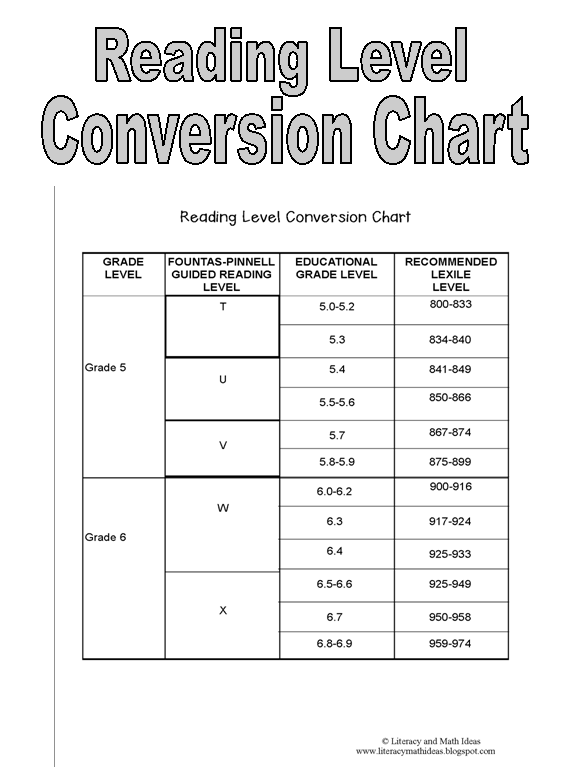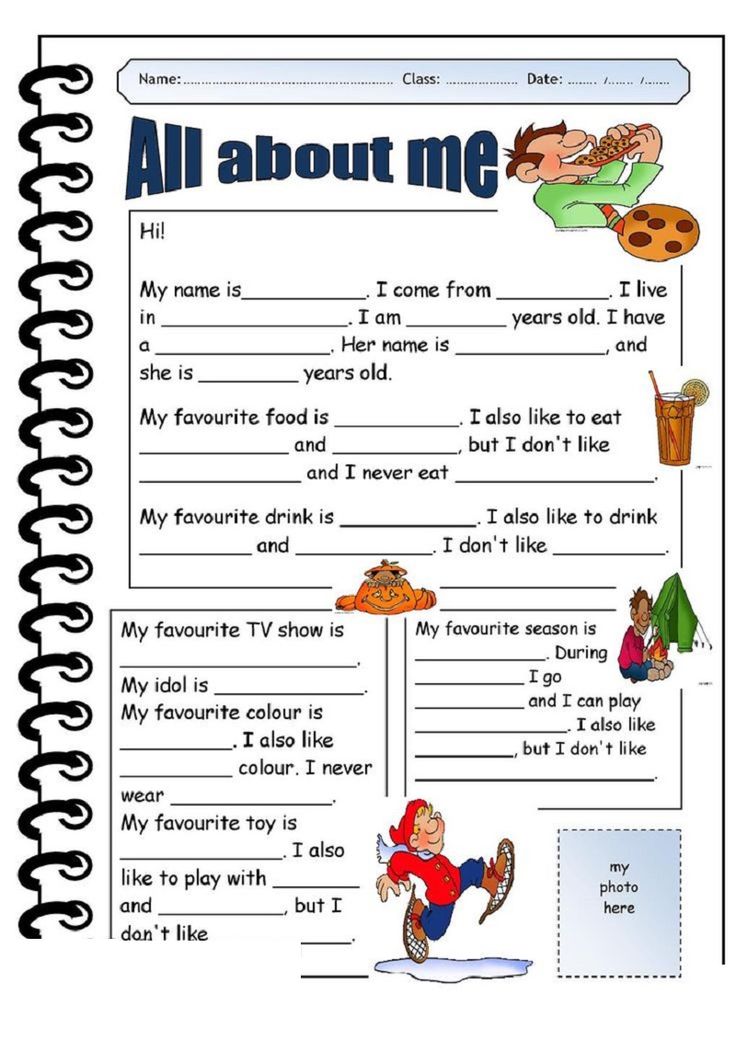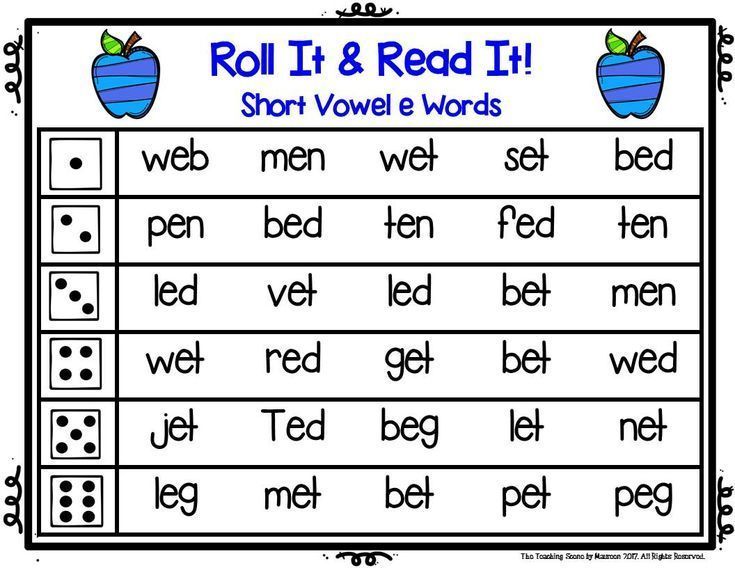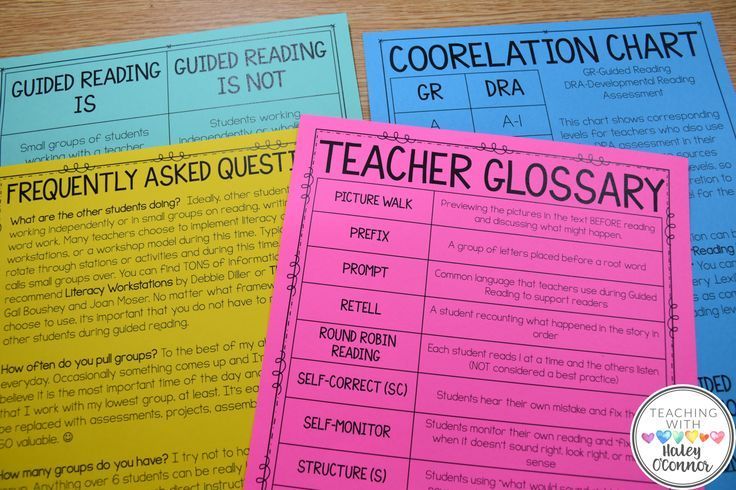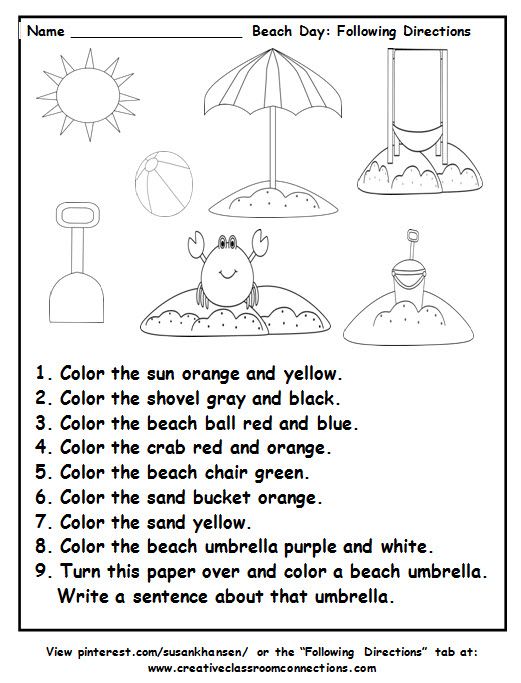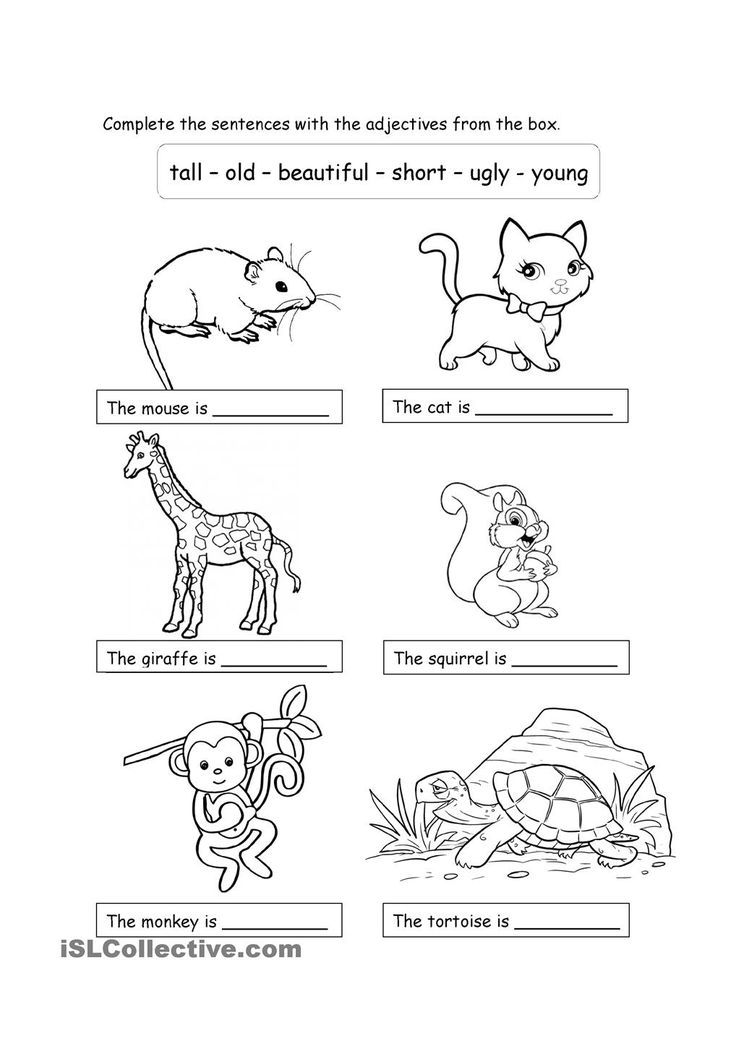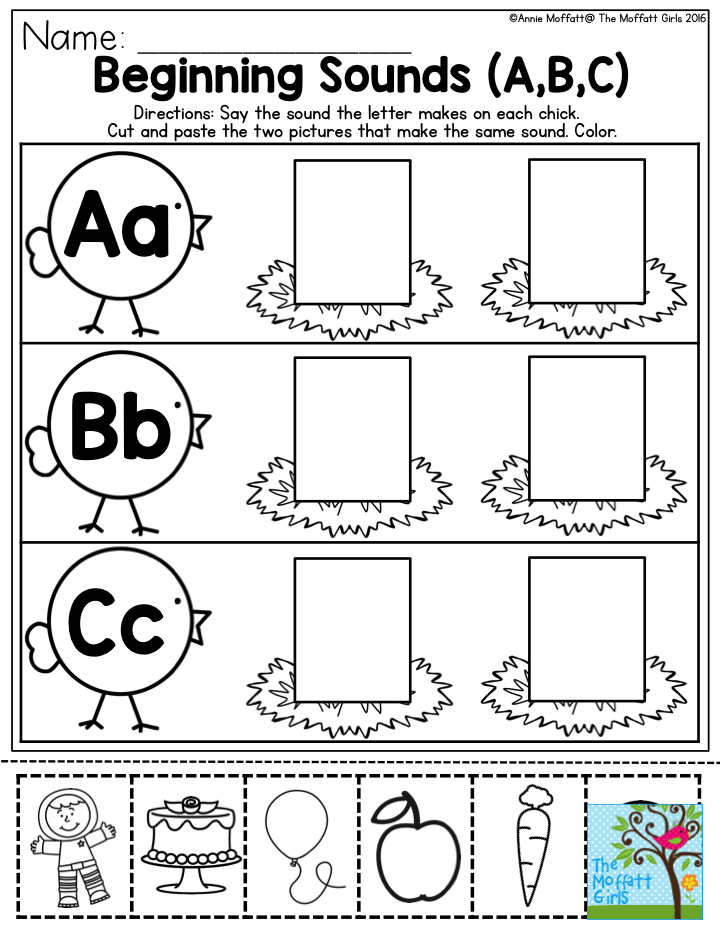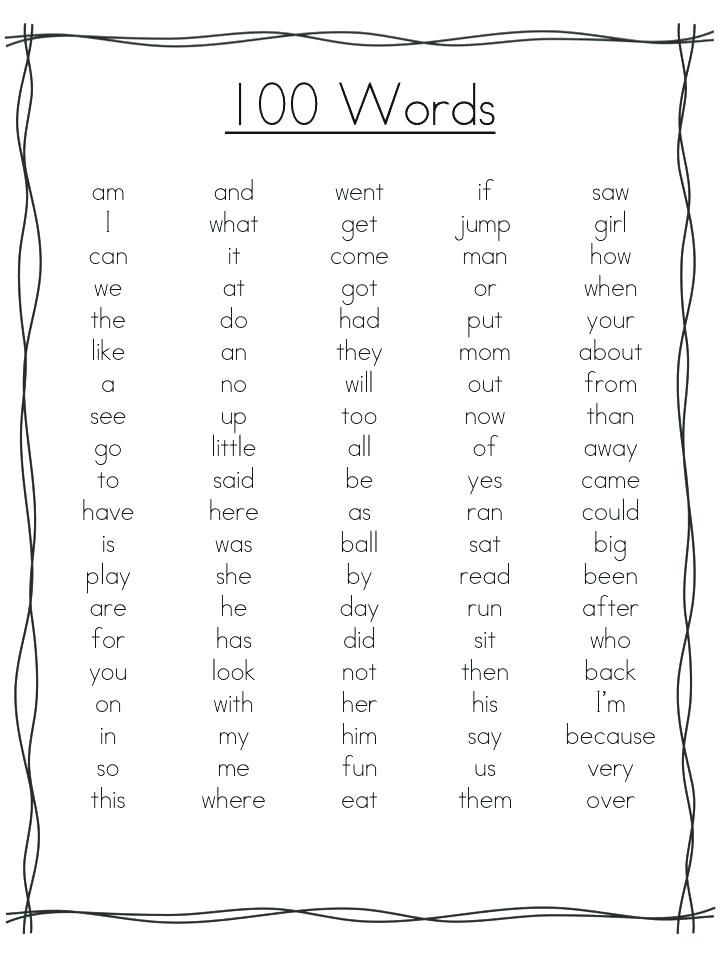Grade level readers
‘Just-right’ books: Does leveled reading hurt the weakest readers?
Jess Hutchison’s daughter Sawyer, 8, is often bored by the books she gets assigned based on her reading level at school. And she’s not the only one.
“Many of them are dumb. They’re just nonsensical,” said the Bay Area mother of two. “So it’s terrible reading, and you’re not learning anything. There’s no knowledge being acquired.”
That’s why Hutchison takes pains to supplement her daughter’s literary diet with more intriguing fare at home. Right now, the third grader favors books about cats.
“She doesn’t want to read the leveled books,” said Hutchison. “I don’t want her to read the leveled books. So we’re going to read something else. She gets to read whatever she wants at home.”
A child’s simple decision to reach beyond her assessed reading level to pick a book she fancies has become a controversy in some quarters. That’s because it flies in the face of “leveled reading,” a practice often associated with balanced literacy classrooms, by far the most popular approach in California.
Balanced literacy favors immersion in literature over teaching fundamentals like phonics, which is a pillar of structured literacy, an evidenced-based approach that builds on decades of exhaustive research. However, leveled reading is so ubiquitous that it has also been invoked under the banner of the science of reading.
This is the seventh in an occasional series on the dramatic national push to revamp how reading is being taught in the earliest grades. This EdSource special report examines the state of early reading in California, the needs of special learners, teacher preparation and training and curricula and textbooks that drive instruction.
Rose Ciotta, investigations and projects editor
“It helps to calibrate that content so that students can practice reading at a ‘just-right’ level of difficulty,” said Rebecca Buckley, director of Succeeding by Reading, an Oakland-based tutoring program. “Students who get rushed through these early stages often end up with skill gaps that trip them up as text complexity increases. ”
”
Sticking to a level
Children are assessed periodically to determine their level, often designated by letters, A-Z, or numbers, and they are discouraged from straying from it, lest they grow frustrated. The goal is to make a perfect Goldilocks-style match between child and book, based on ability, proponents say.
That’s why generations of children have been pointed to books that are “just right” for their reading level and held back from books that might be too hard for them. The idea is that if the child only reads books in their sweet spot they will make the most progress. This practice has long been deeply entrenched in how reading is taught in many classrooms. The trouble is, there’s actually scant evidence that “leveled reading” is an effective strategy, experts say, and mounting concern that it may hurt the weakest readers in the long run.
In the wake of crippling pandemic learning loss, as reading test scores plummet, experts say, promoting reading acceleration among students, and not hindering it, may be more crucial than ever.
“Using complex texts seems to violate a sacred principle,” said Sue Pimentel, one of the nation’s top K-12 literacy experts. “It rejects what they thought was well-researched.”
Hiding advanced books
Winnie Iturralde felt so stifled by her leveled books in first grade that she smuggled in more advanced books, tucking them away inside her official book. Hiding her books was easier than getting the teacher to budge on her reading level.
“They just say this is the level based on the assessment,” said her mother, Esti Iturralde. “It is treated as sacrosanct. On the online system, I used to post videos of her reading other books, but nothing could dislodge the assessment.”
These reading adventures illustrate the common practice of using a leveled reading system at school, such as Guided Reading Levels or Lexile Levels, programs that categorize books into levels of difficulty and track student achievement. The system has the ring of common sense to it, which may be why it’s used in so many schools, but it also discourages some early readers.
Winnie had been assessed at level F-G at school, so she wasn’t supposed to be able to read “Dory Fantasmagory,” a level O book, but she did read it, and she loved it. Indeed, many of the children in her class longed for the more fascinating fare in their classroom but were denied access to it.
“The classroom bins are labeled by letter, and kids who reach into the wrong bin are told they have to put the book back,” said Iturralde. “Winnie and other kids have told their parents about forbidden books they are pining to read in a higher bin.”
Students must wait patiently to be reassessed in a hectic classroom and then accept that they may only be allowed to move up one level at a time. Teachers become gatekeepers to books, a longstanding practice in many schools where the assigned reading level is treated as a sacred cow.
An unproven theory
“Teachers have been trained since the 1940s to teach kids at their levels — without any real research support,” said Timothy Shanahan, a renowned literacy expert and professor emeritus at the University of Illinois at Chicago.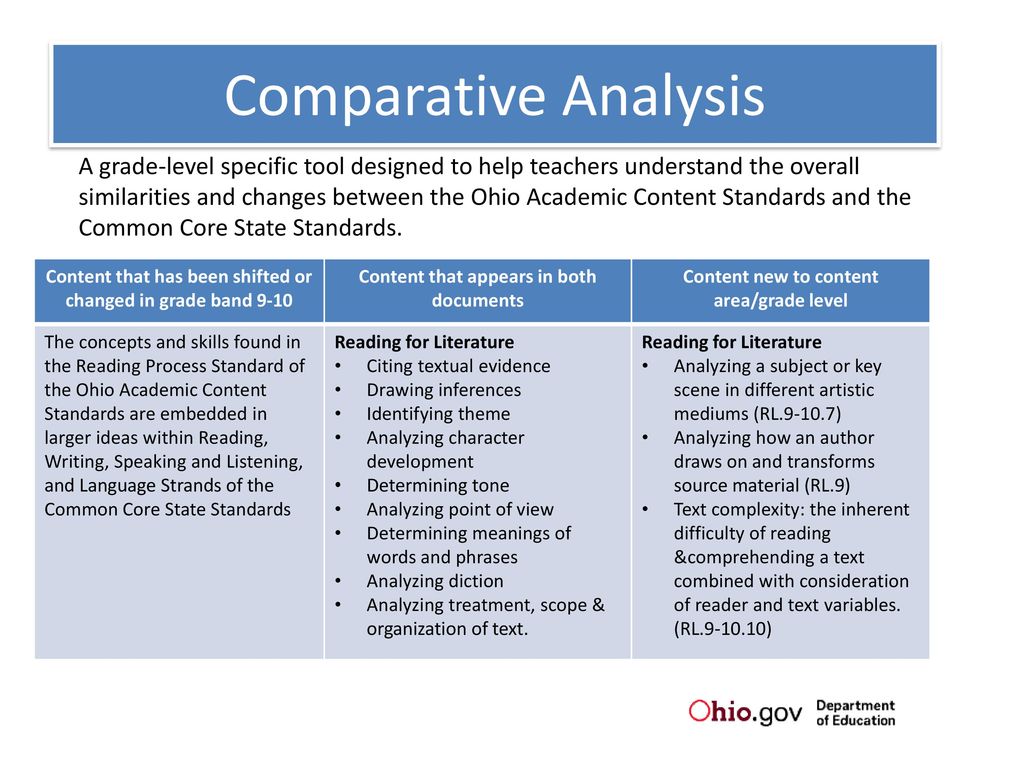 “It makes sense to go slow and low to allow kids an opportunity to master the earliest decoding abilities. However, from Grade 2 on, I think we have made some bad choices — and more and more, the research is showing that kids learn more from working with more challenging texts.”
“It makes sense to go slow and low to allow kids an opportunity to master the earliest decoding abilities. However, from Grade 2 on, I think we have made some bad choices — and more and more, the research is showing that kids learn more from working with more challenging texts.”
Amid the deepening literacy crisis, many are beginning to question the wisdom of pigeonholing young readers. Critics say it’s high time the school system began rethinking leveled reading. What if leveled reading doesn’t boost learning after all? What if it just holds children back?
“Basically we have put way too much confidence in an unproven theory. The model of learning underlying that theory is too simplistic,” said Shanahan. “As we get more research on it, it is clear that students do better if there is more that they don’t know in a text, more opportunity to learn. Unfortunately, it is deeply ingrained in the system of education to teach kids to read from texts they can already read reasonably well — which holds kids back. ”
”
It’s important to note that many experts agree with the concept of assessing children, to see where they need help, but not using that information to take certain books off the table, especially if those books pique their interest. Instead, teachers and caregivers should try to follow the child’s curiosity and then help fill in the blanks as they read.
The key to effective reading instruction, experts say, is to gradually deepen the student’s understanding. Give them a hand as the path gets steeper but don’t keep them on the flat terrain forever.
“You don’t just dump students in hard text with the idea that they’ll struggle. You provide support to encourage them to connect the text to their background knowledge, you guide them to identify unknown words,” said Shanahan, who helped lead the influential National Reading Panel. “There are clear learning benefits that come from working with frustration-level text.”
Gaining confidence
Weaker readers may fare best when tackling books above their grade level, research suggests, as long as other, stronger readers help them.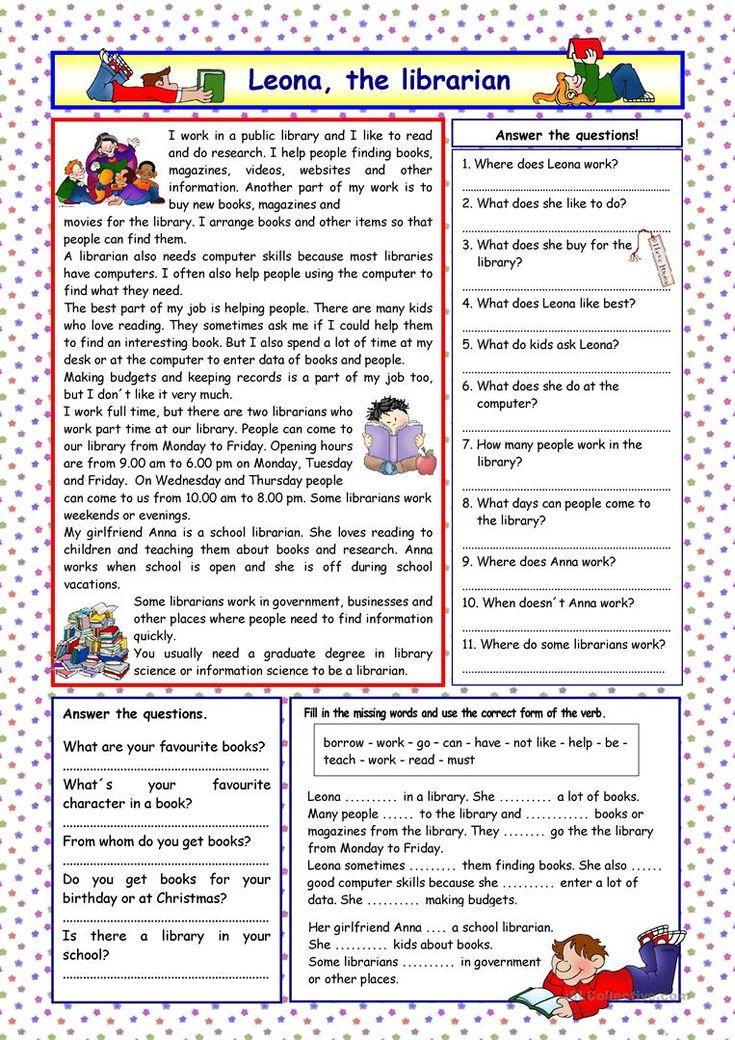 Children gain confidence even as they work with a teacher, tutor or peer. That boost may carry over into their own silent reading sessions.
Children gain confidence even as they work with a teacher, tutor or peer. That boost may carry over into their own silent reading sessions.
Any frustration the child experiences may pay off in lasting skill and self-esteem, experts say, which are invaluable as academic texts grow ever more rich, complex and dense. Few people sail through Dickens or Shakespeare the first time around, but that doesn’t mean we shouldn’t get our feet wet. One of the hallmarks of skilled readers, experts say, is learning how to navigate complexity with patience.
“If weaker readers are working with less complex syntax,” said Pimentel, “they do not learn how to understand the ideas housed in intricate sentences made of a wide variety of structures.”
One key criticism of leveling is that reading assessments are often faulty and poorly implemented, experts say. Teachers may put a lot of faith in a somewhat arbitrary measure, as if the benchmarks are written in stone. A student may score at 7th grade level in one assessment and 9th in another.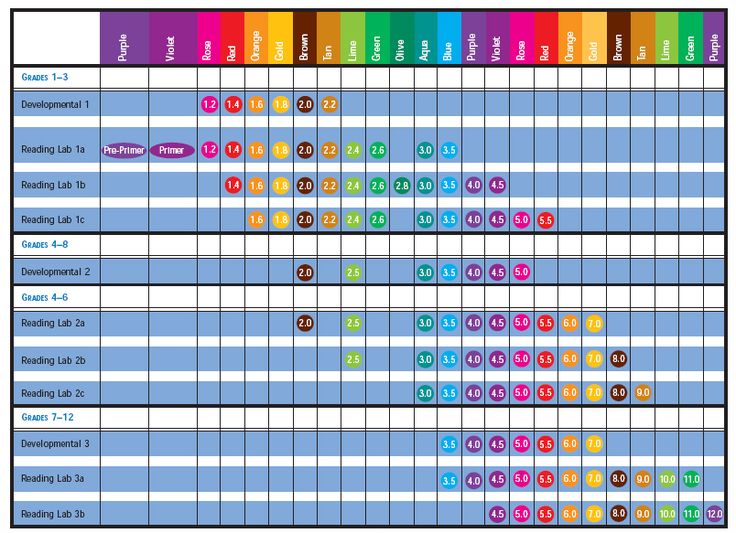
“The truth is we can’t even pinpoint a student’s reading level precisely,” said Pimentel. “No student has just one reading level; every student has many levels depending on the topic and their knowledge.”
Another flaw inherent in leveled reading systems, some say, is that they narrow the scope of opportunity, reducing exposure to captivating stories that might motivate students to dig into books with greater zeal. Many children don’t turn into bookworms until they encounter a book that beguiles them. Think “Harry Potter.”
“In real life, no one picks books because letter F is their level. We pick books based on topics we are interested in,” said Jessica Sliwerski, a former teacher and CEO of Ignite Reading, a Zoom-based tutoring program. “Even if kids can’t read a book, there is something exciting about being able to choose and that creates motivation to read, which is important.”
Even literacy experts who champion leveled reading systems emphasize the need for flexibility and nuance.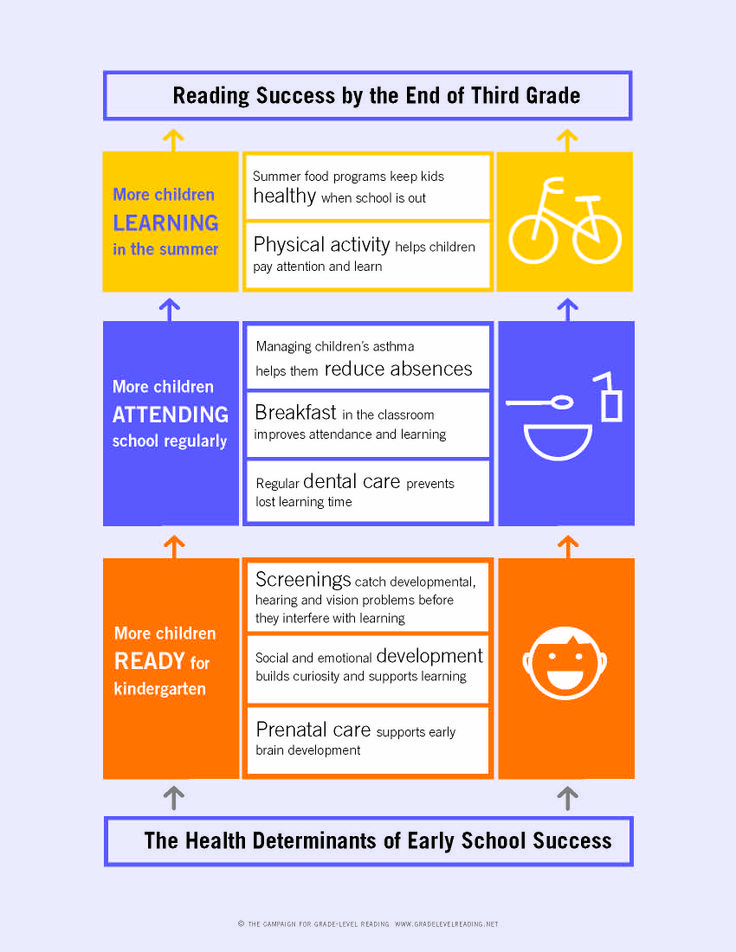 Cultivating a desire to read may be central to sparking literacy.
Cultivating a desire to read may be central to sparking literacy.
“Like any tool, book leveling can be overused,” said Buckley. “When it was first introduced, some folks wanted to level all the books in school libraries, and only permit kids to check books out at their current reading level. The librarians were beside themselves with horror.”
Buckley’s tutoring program, which targets students who are at least two years below grade level in Oakland Unified, seems to work miracles. Prior to the pandemic, children who had just 24 sessions with their tutor typically advanced two grade levels.
Some experts also worry that leveling can bog kids down at a low reading level for so long that they become demoralized. Children feel stigmatized by getting stuck on easy readers while their peers peruse chapter books. That can become a self-fulfilling prophecy for both ends of the spectrum, widening the achievement gap.
One Northwestern University Institute for Policy Research study, which followed 12,000 students in K-3 over time, looking at reading group placement, found that students placed in the lowest groups in kindergarten never caught up to those in the highest group.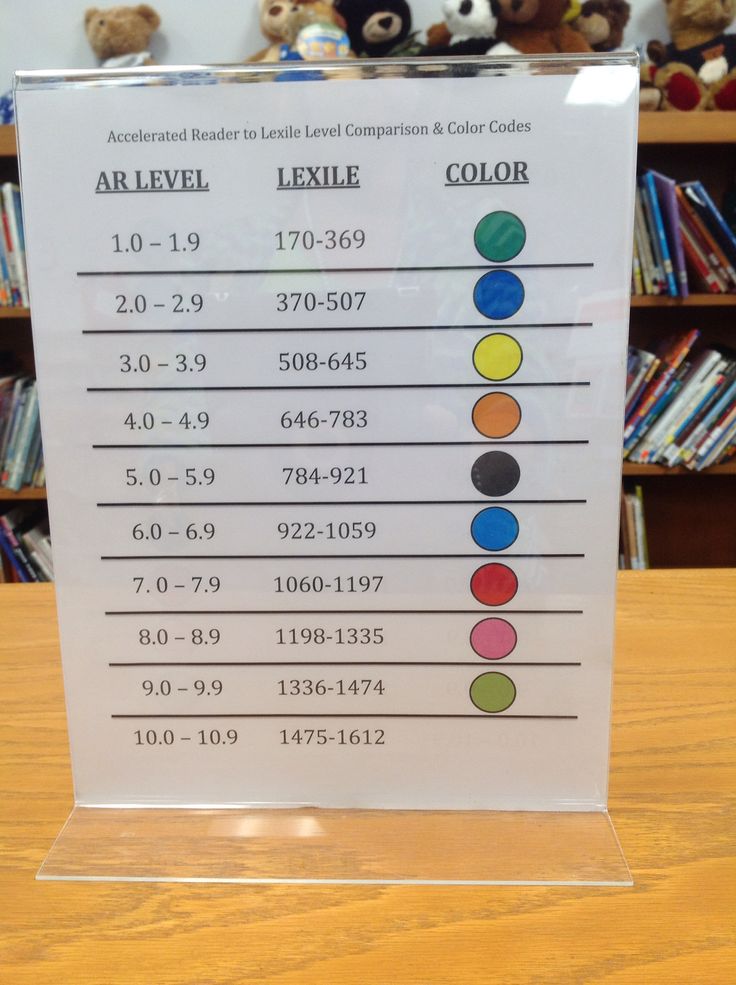
Leveling remains so pervasive, experts say, because the flaws in the methodology are often unseen. Struggling readers are expected to continue to struggle. No one is surprised when they live down to expectations.
“Leveled reading tracks kids in low-level books,” said Megan Potente, a veteran teacher and literacy coach. “All teachers have seen this. Ten-year-olds who are forced to spend huge amounts of time on level E books during independent reading. Teachers don’t know what to do with them. It’s tragic.”
Teachers have so many students at so many reading levels that it may seem more efficient to let each child read to themselves instead of working through the book with guidance. That ease comes at a cost, experts say.
Fewer demands on teachers
“Leveled reading places fewer demands on the teacher than the alternative,” said Pimentel. “With complex text, the teacher, not the text, must be the scaffold.”
While some children, like Sawyer, will get exposure to the pleasure of literature at home, others may develop a distaste for reading.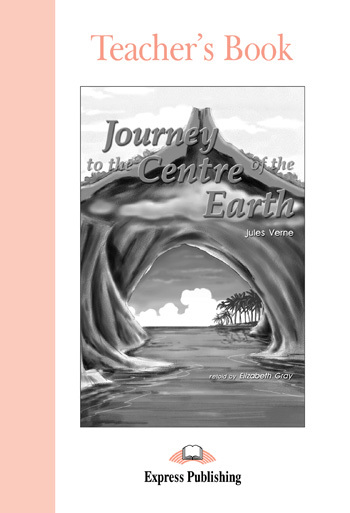 The number of American children who say they regularly read for fun is at its lowest level since the 1980s, according to a recent National Assessment of Educational Progress survey.
The number of American children who say they regularly read for fun is at its lowest level since the 1980s, according to a recent National Assessment of Educational Progress survey.
Credit: Andrew Reed / EdSource
Sawyer, right, reads her favorite book, “The Midnight Children,” out loud to her mother, Jess Hutchison.
Some see this as a clear-cut issue of equity that hurts the most vulnerable children the most. Poor reading skills can close doors of achievement for children who are consistently relegated to below-grade books.
“Leveled texts lead to leveled lives,” said Alfred Tatum, provost and vice president for academic affairs at the Metropolitan State University of Denver. “I have witnessed too many young people surrender their life chances before they get to know their life choices because of low levels of literacy. Futures are foreclosed for many because of low levels of literacy. Adults carry the pain of low levels of reading to their graves.”
To make matters worse, the weakest readers not only miss out on honing their reading comprehension skills.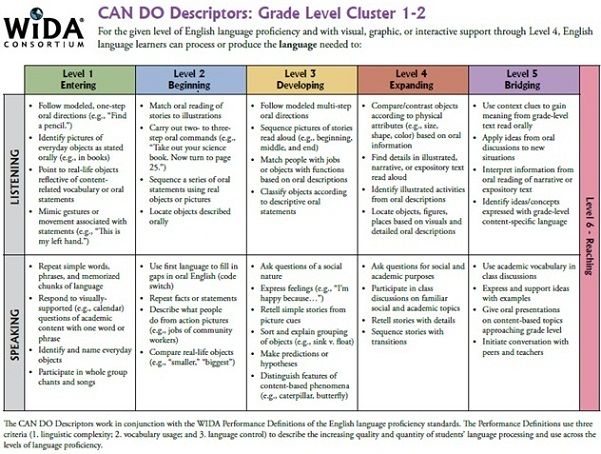 They also miss out on the background knowledge and vocabulary that can be gleaned from more content-rich material.
They also miss out on the background knowledge and vocabulary that can be gleaned from more content-rich material.
Educators often call this the Matthew effect, the idea that good readers read more, making them not only better readers but more knowledgeable overall. Conversely, poor readers shy away from reading, slowing their cognitive growth.
A fifth-grader relegated to reading Dr. Suess, for example, may well never catch up to one reading “To Kill a Mockingbird” in terms of building a thorough understanding of American history.
That’s why children should be nurtured to read widely, many experts say, and push themselves periodically. Shanahan advises a varied diet of literature from easy reads to “things that kick their butts.”
Children should train to become readers the way runners train for a race, experts say, mixing up their workouts to make the muscles stronger. That’s the opposite of a leveled reading ladder that too many children struggle to climb.
“Students know when we are respecting their brains and have confidence in their ability to meet the challenge,” said Pimentel.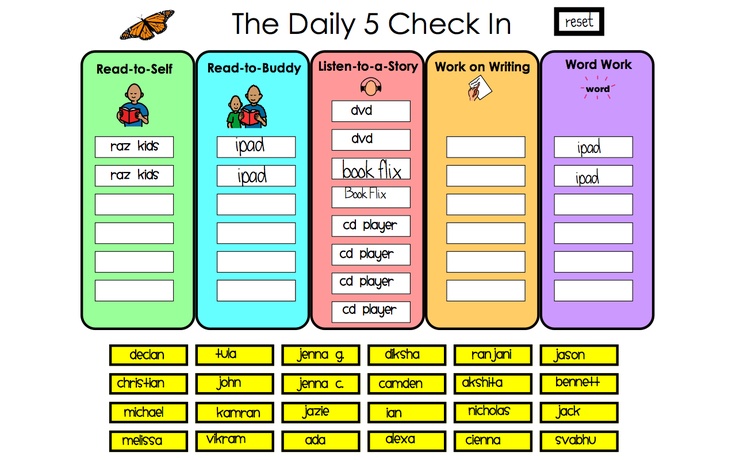 “Students rise to the challenge with the right support and encouragement. And doing so allows all students to be thinking at grade level even if reading is harder for some.”
“Students rise to the challenge with the right support and encouragement. And doing so allows all students to be thinking at grade level even if reading is harder for some.”
To get more reports like this one, click here to sign up for EdSource’s no-cost daily email on latest developments in education.
How To Determine Your Child’s Reading Level And Choose The Best Books
When you sit down to read a book, you want to enjoy the story in front of you. The same is true for your child. That’s why uncovering your child’s reading level is an important step in fostering their love of words from a young age!
Consider the different factors that allow kids to enjoy the books they read. For example, does it tie into their interests, and is it slated as an appropriate option for their level? By answering these questions, you can make sure they’re reading books that are just right for them!
If your child is in school, you’re probably no stranger to jargon like “reading level.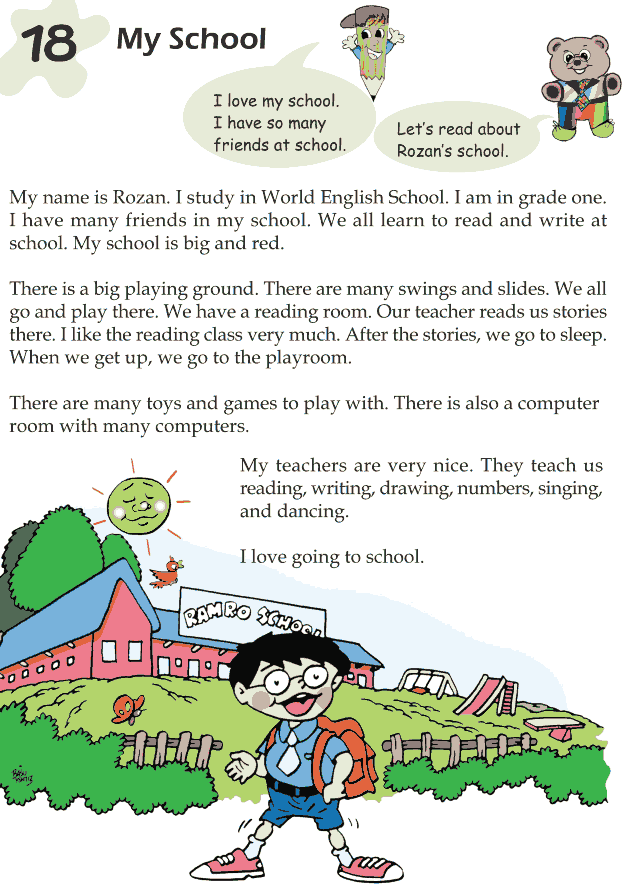 ” But what exactly does Lexile Framework, Guided Reading Levels (GRL), or Developmental Reading Assessment (DRA) actually mean?
” But what exactly does Lexile Framework, Guided Reading Levels (GRL), or Developmental Reading Assessment (DRA) actually mean?
Additionally, if your child is just starting to read on their own (or already reading independently) and is learning from home, how can you figure out what reading level is right for them? If any of these thoughts have crossed your mind, you’ve come to the right place.
We’re here to answer your questions so you and your child can sit down and enjoy a good book together!
What Is A Reading Level?
A reading level is simply a measure of your child’s ability to read text. It reflects how well your little one can read independently. Importantly, reading levels help you choose books that are a good match for your child while still presenting a challenge.
Keep in mind these levels are meant to be helpful, not stressful. They don’t limit your child, but, rather, help them blossom into a fluent, excited reader.
When your child reads books that are appropriate for their current reading level, it boosts their confidence so they can truly enjoy reading! Also, knowing what level your child is at allows you to work with them to improve their skills.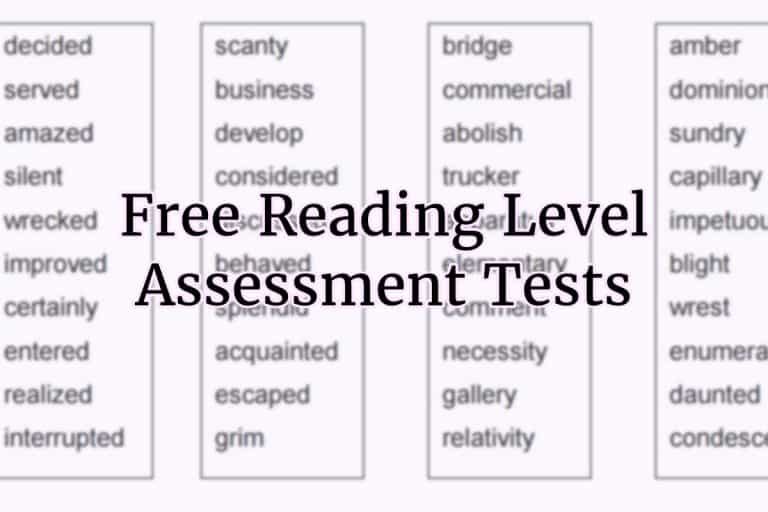
That being said, it’s important to remember that children are unique and develop differently. Comparing your child to their peers isn’t necessarily the best approach when trying to assess their reading ability.
Why Is Determining Reading Level Important?
It’s helpful to determine your child’s reading level so you can find books that are appropriate for them to read on their own: not too difficult but challenging enough to encourage growth.
Reading level classification is a convenient tool you can use when searching online or at the library. And when you provide books that are on your child’s level, you create excitement and build their confidence, which can lead to a lifetime love of learning and reading!
If you’re looking for ways to help your little one read at the best level for them, Our new app HOMER Learn & Grow has a Stories section that gives age-appropriate story recommendations!
This is a great resource that takes your child’s specific interests and recommends stories just for them.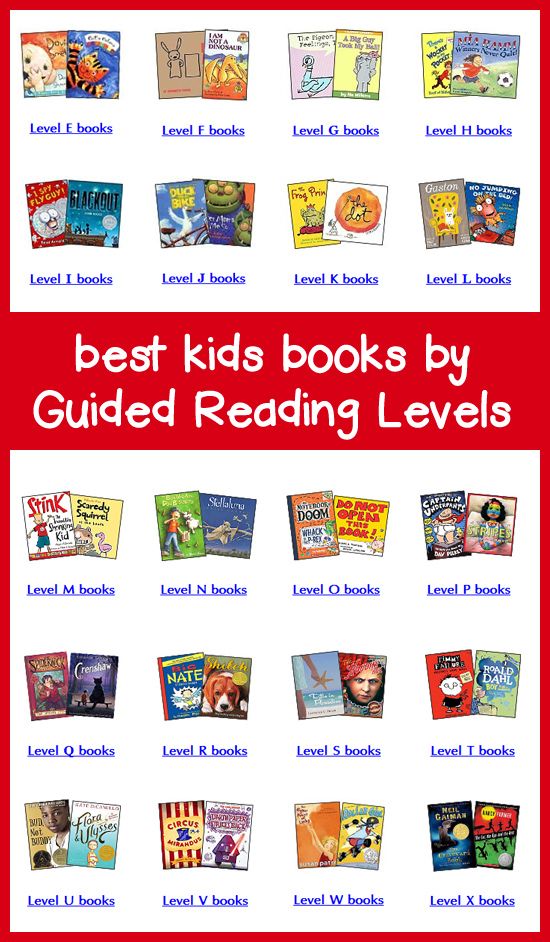 What’s more, your child can choose to read along or read on their own.
What’s more, your child can choose to read along or read on their own.
How Is Your Child’s Reading Level Measured?
Your child’s reading level is usually measured at their school in first or second grade, and we’ll show you how that’s done. Here’s a tip: since your child’s teacher knows their reading level, consider asking the teacher (or the school librarian) for books your child can read at home.
Don’t worry if your child isn’t in school yet or if they’re homeschooled. We’ll show you how you can measure their reading level at home, too!
Before we dive in, it’s important to note that we think of books for kids at three levels: independent reading, instructional reading, and frustrating to read.
As the names indicate, independent reading books are ones a child can read with ease and without support from an adult.
Instructional ones are the books just above independent that teachers might use to stretch a child’s reading as they offer support while the child makes that next step.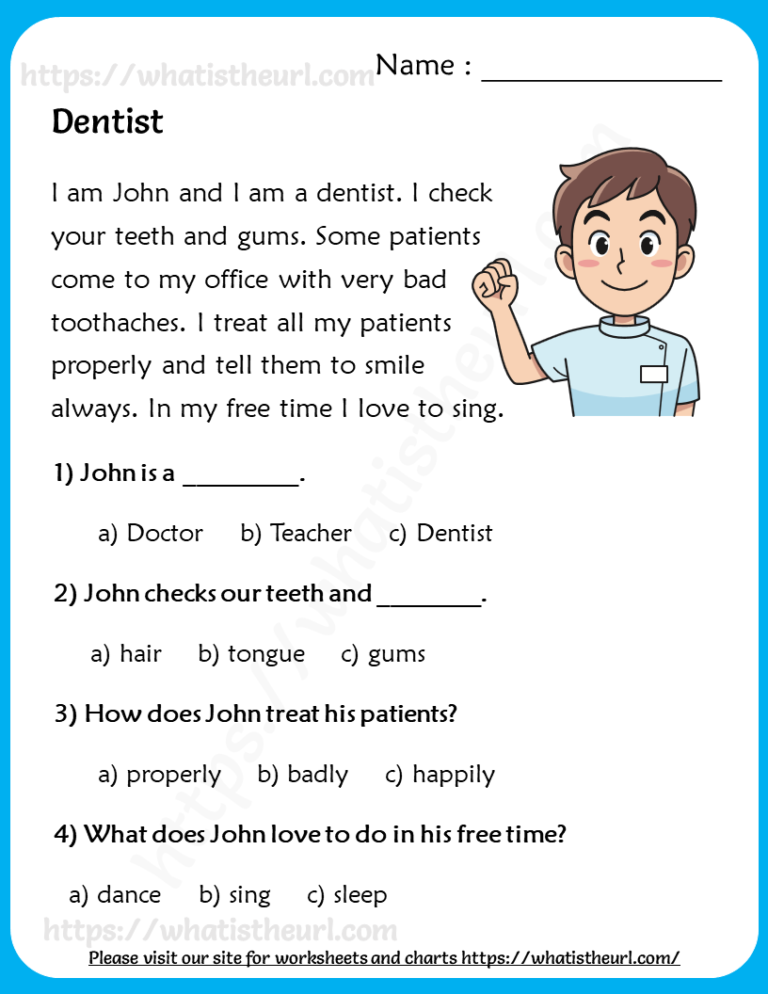 Finally, frustrating books are too hard for a child to read even with adult guidance.
Finally, frustrating books are too hard for a child to read even with adult guidance.
Now that you have an idea of how to think of the different books your child might encounter, let’s talk about the tools used for determining or describing reading levels.
Lexile Framework For Reading
Lexile Framework For Reading is an educational tool that ranks books by order of their difficulty using a scale called a Lexile. Usually, your child’s teacher will determine their Lexile reading level and then choose books that have a matching score.
The Lexile score, or measure, describes your child’s reading ability and matches them with books and other reading materials. This measure ranges anywhere from 0L to 2000L.
Kids are encouraged to read within their Lexile “range” — 50L above to 100L below their actual level. For instance, if your little one is reading with a Lexile measure of 500L, they would read books ranging anywhere from 400L to 550L.
Using standardized assessments, schools will often measure a child’s reading level several times a year to help them select books that are appropriate for independent reading.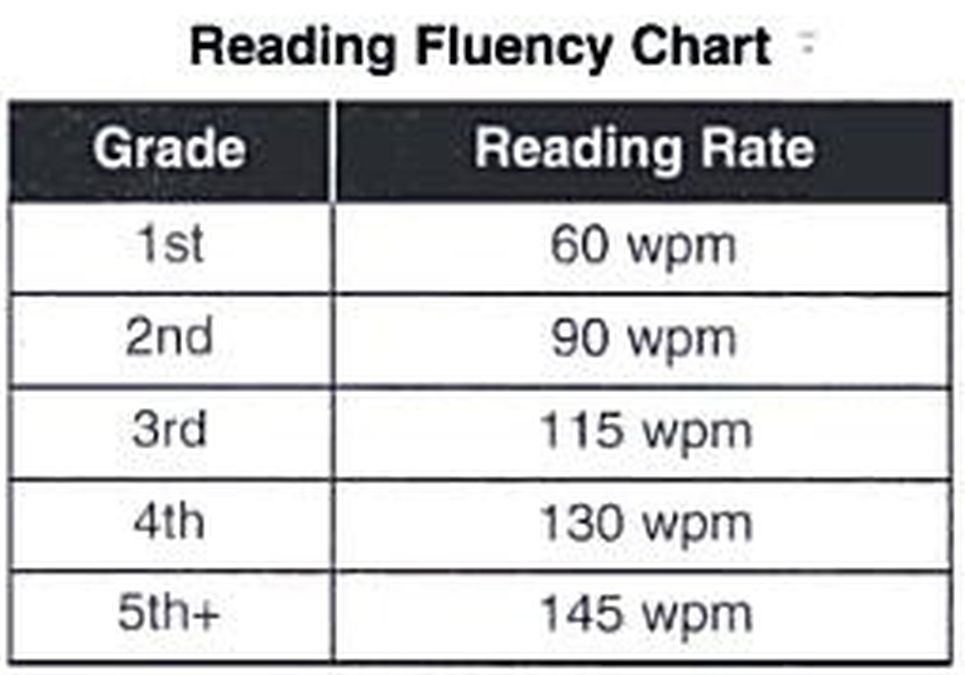
Guided Reading Levels (GRL)
GRL is a guided reading system used in some schools.
To determine reading levels using GRL, children sit one-on-one with their teacher and read from a book that’s considered standard for their grade level — a “benchmark” book. GRL books range from A to Z with A being the easiest.
While reading these books, the teacher will take notes on any missed words and ask comprehension questions, such as, “When did the story take place?” or, “What was the problem in the story?”.
Through guided instruction, the teacher will gradually move children into more difficult books.
Developmental Reading Assessment (DRA)
DRA is a standardized reading test given by teachers or reading specialists. As with GRL, children sit individually with the test administrator and read a book.
Several factors are taken into consideration to determine reading level, including:
- Reading comprehension
- Phonemic awareness
- Fluency
DRA books are labeled with an A for the easiest books and then move into a numerical grading system.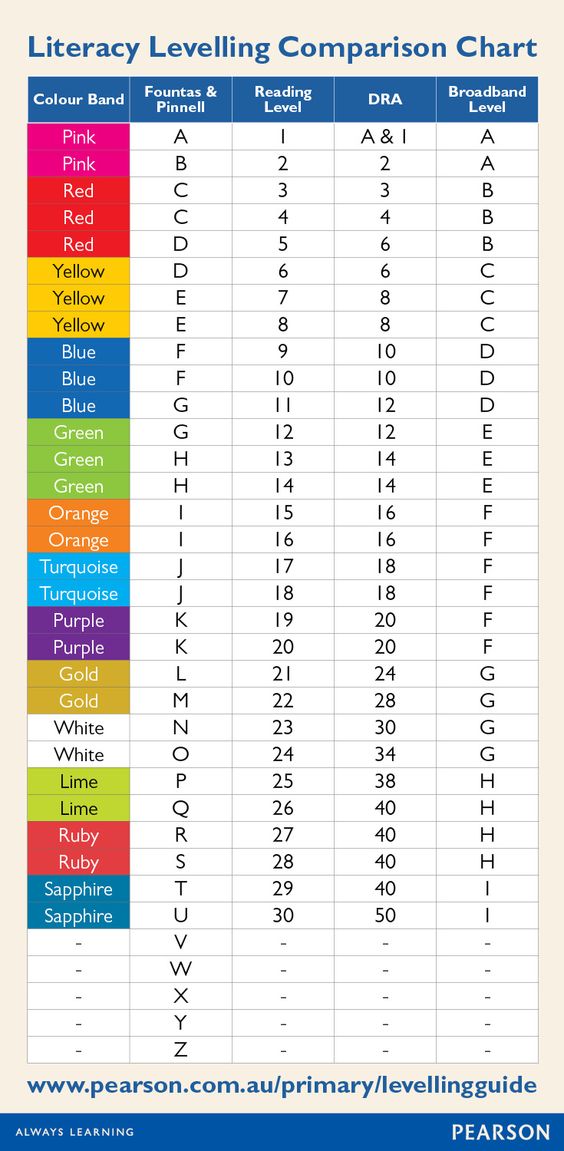 The levels range from 1 to 80 with 1-3 representing a kindergarten reading level and 80 representing an eighth-grade reading level.
The levels range from 1 to 80 with 1-3 representing a kindergarten reading level and 80 representing an eighth-grade reading level.
Once a child has a DRA or a GRL level, a teacher or parent can search for the reading level of any particular book and can usually discover either the Lexile, DRA, or GRL of that particular text. Here’s a chart for your reference.
At-Home Reading Levels
If you’re looking for a way to find out your child’s reading level without using any of the methods listed above, you might try the five-finger rule.
For the five-finger rule, choose a book and flip to any page. If your child seems to have trouble reading more than five words on the page, it’s a good indicator that the book is too advanced for them.
To be sure, though, you can have your child try another page, especially if they seem eager to read a particular book.
This can be a helpful strategy, but it’s OK to let your child try a book and see how the reading goes.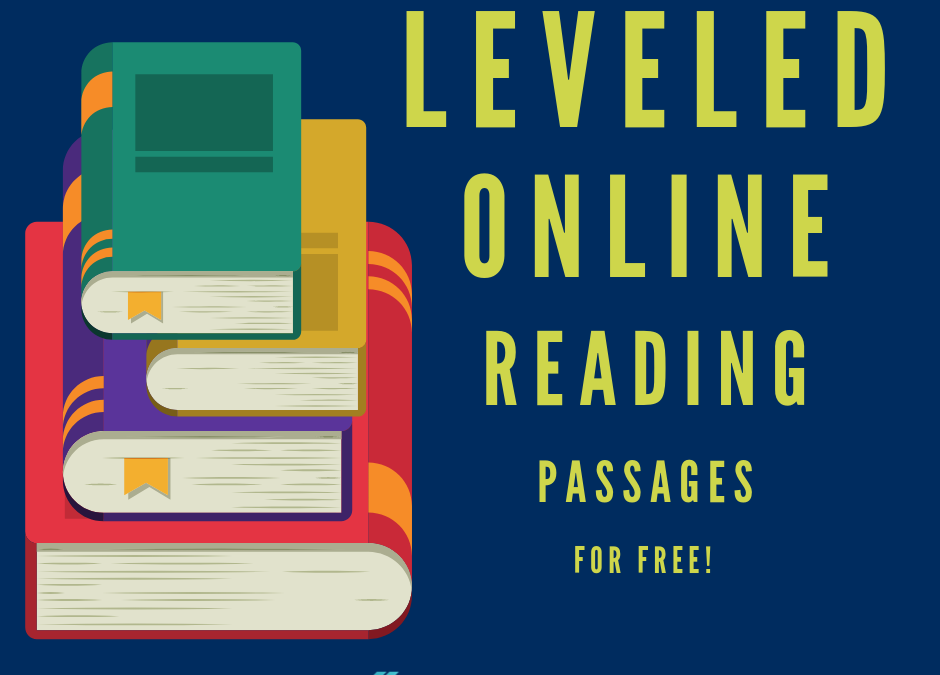 If a book is too hard, most kids will figure that out — and there is nothing wrong with reading books that are too easy!
If a book is too hard, most kids will figure that out — and there is nothing wrong with reading books that are too easy!
Sometimes a child may be interested in a book that’s a little too hard for them. If this happens, we encourage you to read aloud to your child. You can also read together by alternating pages, paragraphs, or sentences.
It’s important not to completely avoid books that may be a little above your child’s reading level.
Even if your child struggles a bit to read them without assistance, these books can still be beneficial in helping build their vocabulary, improve comprehension, and increase general knowledge — not to mention, encourage their love of reading!
When your emerging reader seems overwhelmed by one book, you can always give the five-finger rule a try with other books until you find the right match. And if your child is particularly interested in a topic, you can always read the book to them and stop on words you know they can read.
Also remember that when a child is really enjoying a book and highly motivated to read it, they will read at a higher level than if the material is not as interesting to them.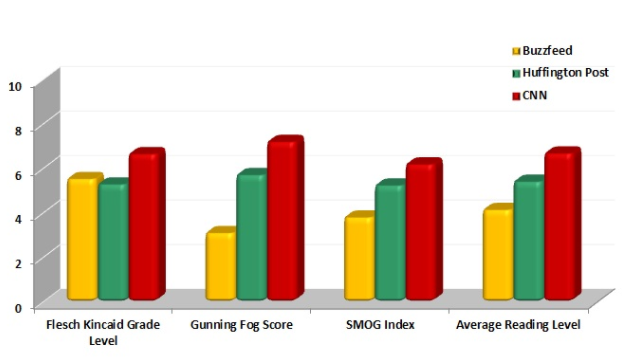
Tip: Most libraries and bookstores have books arranged by reading level so you can easily choose the best one for your emerging reader!
Feel free to ask librarians and knowledgeable staff at bookstores to offer suggestions. You could even say something like, “My child happily read a Clifford book; can you suggest others at the same level?”
How To Help Your Child Become A Stronger Reader
As we mentioned earlier, you can easily determine your child’s reading level at home so that you can help them choose books that are just right! We suggest incorporating some of the tips below to help your child become a stronger reader.
Start With Clues
- Is your child using “sounding out” techniques to figure out unknown words?
- When your child reads, are they getting tripped up by sight words — common words that are hard to sound out?
- Is your child using pictures to help them understand what is written on the page?
- Is your child using context clues to figure out what word makes sense to come next as they read sentences?
Check Vocabulary
- Play games with your child to see what words they know.
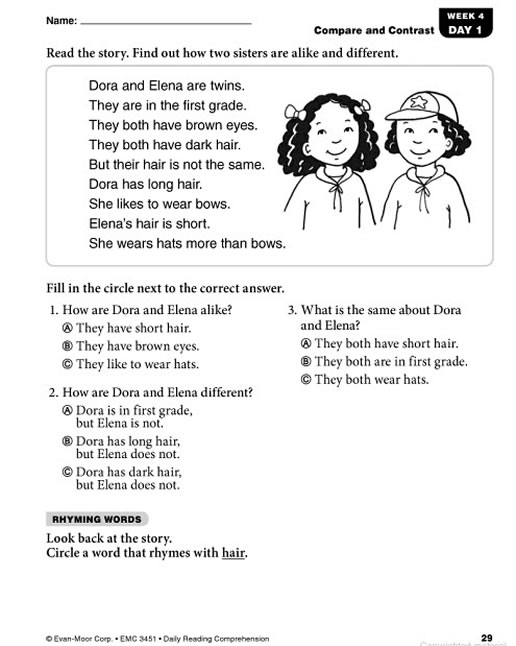 For example, say a sentence and point out one word in the sentence. Then ask them if they can come up with a different word (synonym).
For example, say a sentence and point out one word in the sentence. Then ask them if they can come up with a different word (synonym). - Play synonym games to see what words your child knows. For example, challenge yourselves to think of 10 or more ways to describe speaking (shout, whisper, mumble).
While you’re talking with your child, describe something specific from your day. Make sure to use interesting adjectives, and don’t hold back from using sophisticated vocabulary when talking with your child.
You can help your child’s vocabulary grow through day-to-day conversations and activities!
Ask Comprehension Questions
Understanding what they read is an important part of your child’s reading journey.
- To check for reading comprehension, we suggest pausing every other page to talk about what you’ve just read. Make this a natural reaction to the story, like you’re thinking aloud about the story or characters, so that it doesn’t feel like a test.
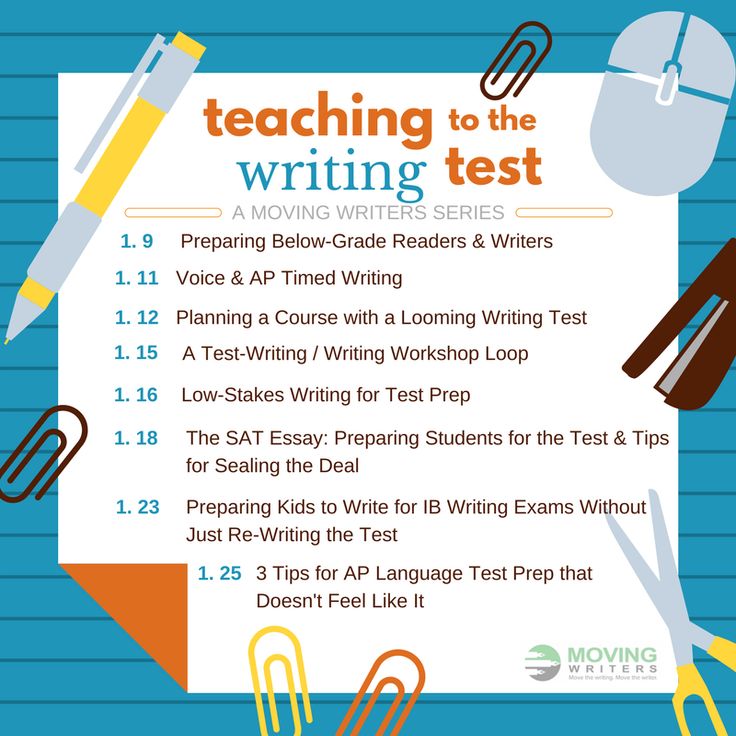
- Consider encouraging your child to act out and retell the story (for younger children).
- Try discussing themes/lessons with your child (for older children). Remember: this isn’t a test, but a conversation between book lovers!
Talk To Your Child
When most people implement strategies to help their children improve their reading skills, they often forget about the importance of verbal communication. It’s essential to talk to your child frequently in short and simple sentences.
This includes singing songs, telling them wonderful stories, reciting fun nursery rhymes, and describing the world around them. All of this exposes children to lots of different words. It also helps them learn that language is a powerful tool for communication.
Discover Your Child’s Favorite Books
- Children often choose books that are a little below their actual reading level. At home, this is a good thing. It keeps reading fun and exciting!
- We recommend choosing books that interest your child — with a certain character or activity they like — so they’re curious and excited about reading.
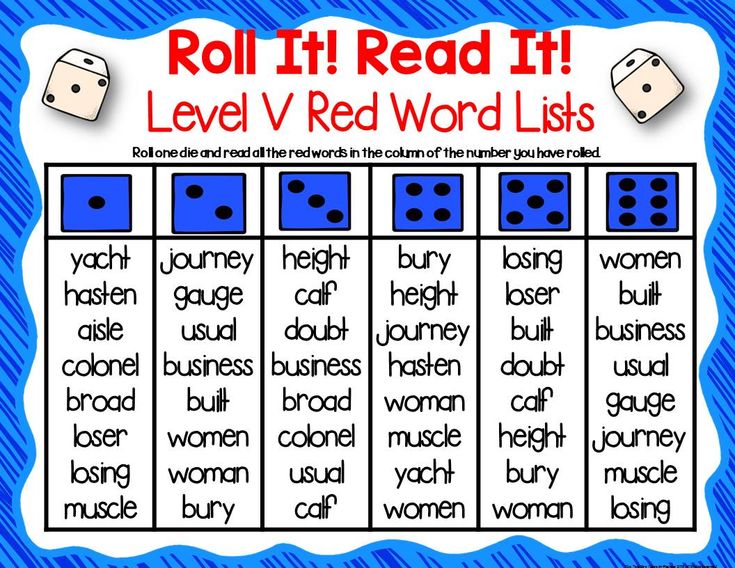
Reading books your child enjoys together can encourage their love of reading. And letting them read those same books to you can boost their confidence over time.
Together, these two activities increase your child’s fluency and reading enjoyment!
Create A Reading Corner
Establishing a reading corner in your house can benefit your child. The setup doesn’t need to be elaborate. This can be a simple, quiet, private area where your child can confidently read independently or with you.
It’s also great for the spot to be well-lit and filled with lots of books your child enjoys reading.
Is Reading The Same Book Over And Over OK?
Just like you might pick up an old favorite book to read, your child may do the same, and that’s OK! At least you know they’re enjoying a good book and the process of reading!
Rereading books can have many benefits for a child, including:
It allows children to get more from the text. Have you ever developed a deeper understanding of a story after rereading it? That’s because the more you engage with a story, the more you can take away from it.
You can pick up on new information, establish connections between yourself and some of the characters, and even improve your understanding of the overall story.
Similarly, allowing your child to read their favorite books for the second, third, fourth (or more) time will enable them to get more from the story.
It also allows for bonding. Did you know that rereading books can help bring your family closer together?
Many of us remember a couple of books that our family read together regularly. This can be a holiday book or a favorite story. Rereading is a great way to get the whole family involved, as everyone can take turns reading and connecting on the same story.
What’s more, reading familiar books can actually help develop a young reader’s fluency. It allows them to learn the words and helps them become familiar with narrative structure or storylines (i.e. beginning, middle, and end), which builds reading comprehension later on.
So feel free to let your child choose the same book over and over!
FAQs About Reading Levels
What Reading Level Should My Child Be In Each Grade?
It’s challenging to answer this question because each child is different and will naturally develop at their own pace.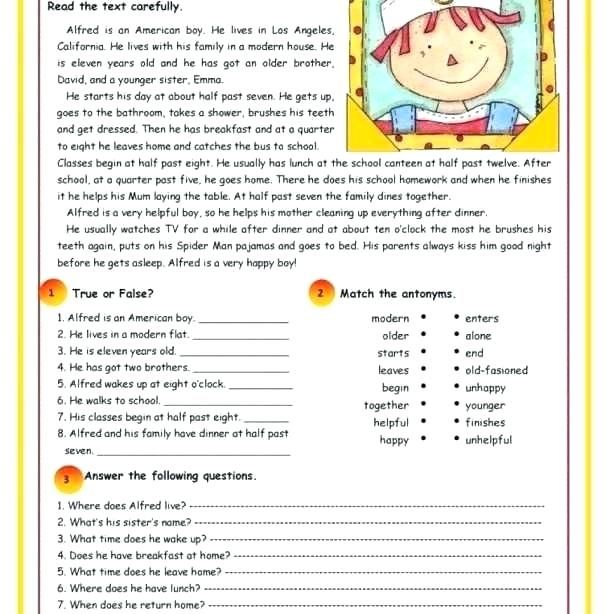 For example, just because your child’s friend has started reading fluently doesn’t mean your child will be able to do that yet.
For example, just because your child’s friend has started reading fluently doesn’t mean your child will be able to do that yet.
While no parent wants their own child to be a little behind compared to their peers, putting too much pressure on them to “catch up” might actually have an adverse effect. In fact, they might feel overwhelmed by the pressure and develop a negative attitude toward reading.
It’s also important to note that there’s no direct link between a certain Lexile measure and a specific grade level. When using any of the reading level measures we mentioned, remember that they are an estimate of a child’s performance and shouldn’t be interpreted literally.
Also, if you’re really concerned about your young learner’s development, you can always address those concerns with their teacher or another professional. They can offer tips and advice on how to best work with your child.
Finally, remember to be patient and positive no matter what. With lots of time and effort, your child will develop a lifetime love of reading!
Who Can Help Me Choose Books That Match My Child’s Reading Level?
The best place to start is to consult your child’s teacher.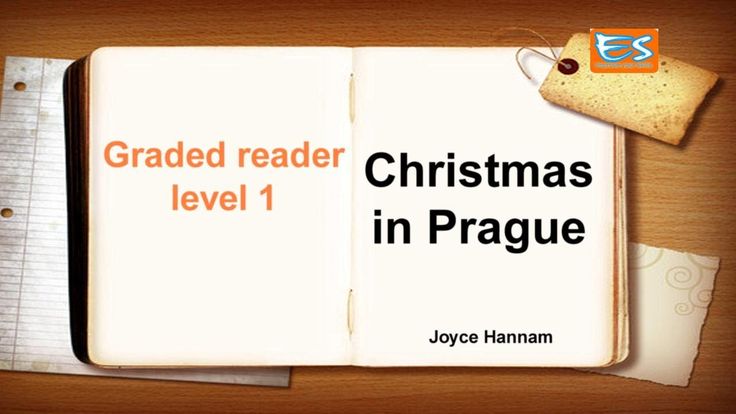 They will have the expertise to guide you in buying the right books for your child.
They will have the expertise to guide you in buying the right books for your child.
It’s also possible for you to look up most books online and find their reading levels. Furthermore, for beginner readers, there are publishers who label books in stages with age and/or grade suggestions attached.
If you’re homeschooling, you can also reach out to your local librarian or bookstores. As people who spend each day surrounded by books, they often have knowledge on this topic and may be able to recommend a few relevant books in your child’s reading level.
What If My Child Is Reading At A Lower Level?
The last thing a parent wants to hear is that their child’s reading level isn’t on par with their peers. But what can you do if, from the assessment used at your child’s school, you find out that your young learner is reading below the average grade level?
Firstly, it’s important not to panic. As mentioned earlier, kids develop reading skills at different stages of their development.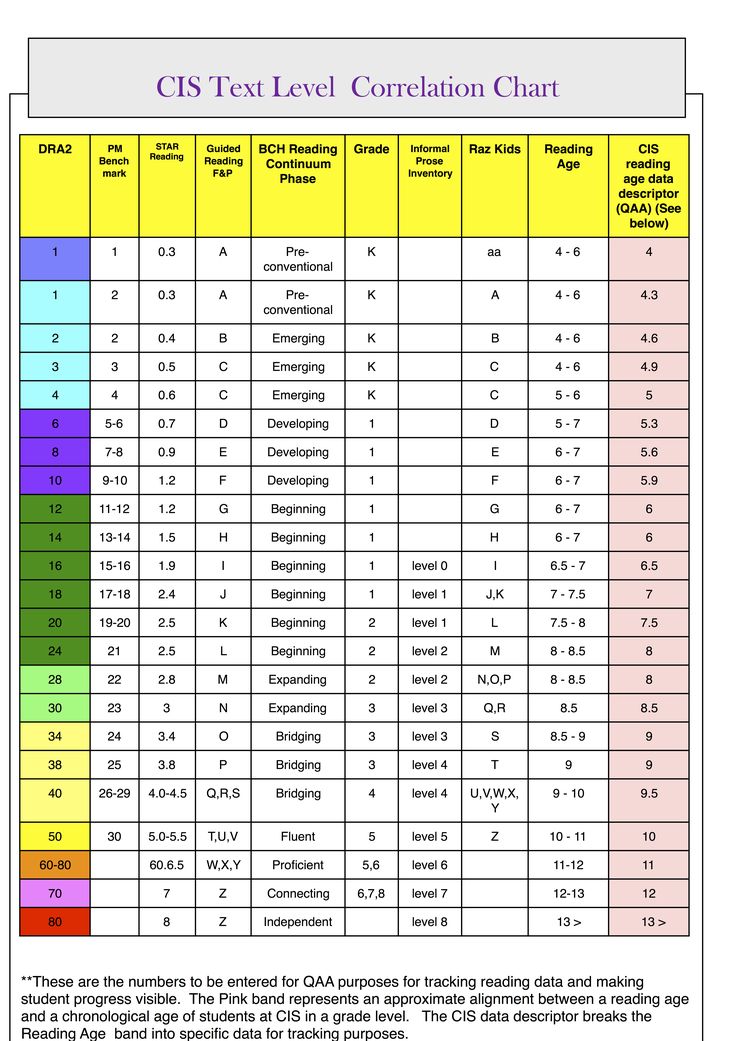 Some children might be early readers, while others may take time to get there.
Some children might be early readers, while others may take time to get there.
The most effective way to help your child improve their reading level is by continuing to encourage reading at home. While reading, remember to discuss the content to ensure comprehension.
Reading For Fun
From assessments to the five-finger rule, determining reading levels varies across the board. No matter which method you choose, remember these measurements are meant to be helpful and encouraging, not stressful and limiting.
Keep this in mind when assessing your young learner. You don’t want your child to sense any stress about their abilities, as this might overwhelm them and have an adverse effect on how they view reading.
While reading is an essential early learning (and lifelong) skill, you want your child to LOVE reading and not only view it as a test of their intelligence.
At the end of the day, the way reading makes your child feel is more important than their reading level.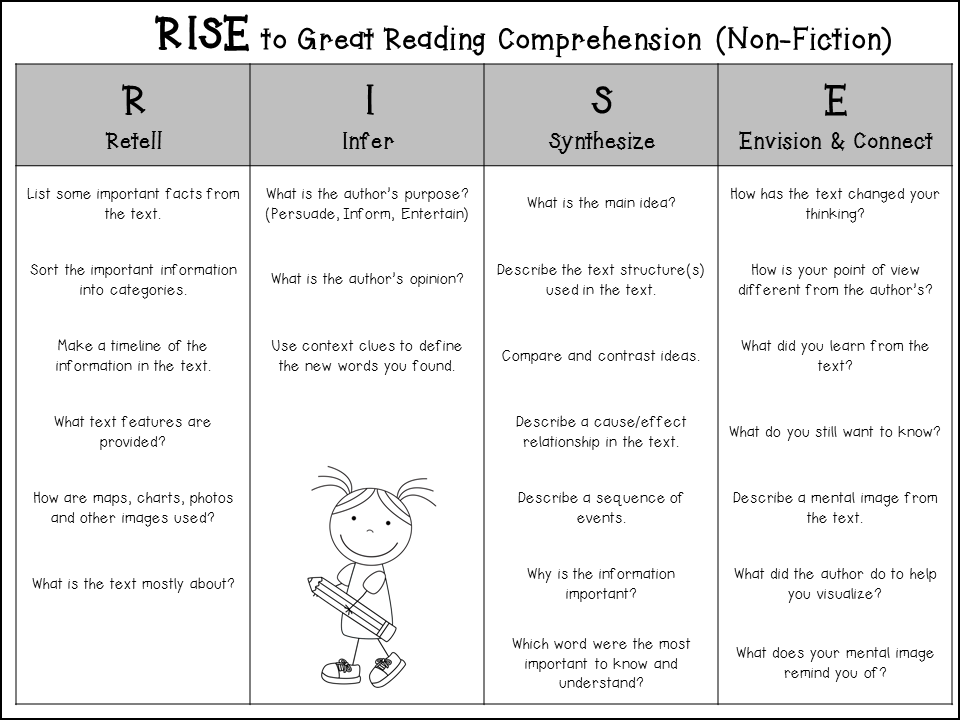 Each child learns in a way that’s special and unique to them.
Each child learns in a way that’s special and unique to them.
The HOMER Road To Reading
The road to discovering how to read can be a fun ride, but sometimes it’s bumpy. This is why we’re more than a learning program. We’re your learning partner.
If you’re looking for a resource to help develop your child’s love of reading and learning, consider taking a look at the HOMER Learn & Grow app. It’s full of stories curated based on your child’s interests!
When your child develops a love for reading, they’ll move up to the next level before you can say “Developmental Reading Assessment”!
Author
"WE ARE READERS" | Creative work of students (grade 3) on the topic:
"WE ARE READERS"
Sociological study of the level of reading culture of schoolchildren
Grinko I.V.
MOBU secondary school No. 23, 3 A class, Taganrog
Polkovnichenko Elena Mikhailovna
Currently, the main problem associated with the reading of the younger generation is considered to be a decrease in interest in reading.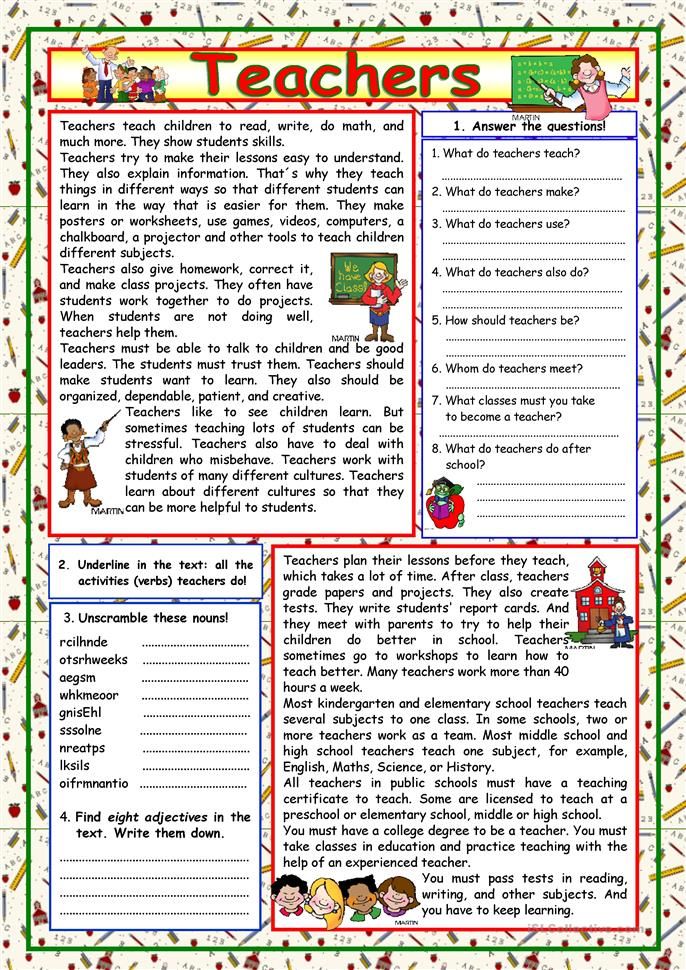 “In Russia, the share of the “reading population” is decreasing,” said the president of the Russian Book Union, Sergey Stepashin. Until recently, we were proud of being the most reading nation, a good book was a welcome gift, and there were often queues in libraries. Today, the shortage of books has been replaced by their chaotic abundance, reader activity has sharply decreased quantitatively and changed qualitatively. According to research by librarians - 90% of schoolchildren come to the library for books they need only for study. Such reading gives food to the mind, but does not form a system of moral and aesthetic ideals of the individual. It is impossible not to read fiction, otherwise people will grow up without a soul and without emotions. But this is among those who come to the library. And some don't show up at all.
“In Russia, the share of the “reading population” is decreasing,” said the president of the Russian Book Union, Sergey Stepashin. Until recently, we were proud of being the most reading nation, a good book was a welcome gift, and there were often queues in libraries. Today, the shortage of books has been replaced by their chaotic abundance, reader activity has sharply decreased quantitatively and changed qualitatively. According to research by librarians - 90% of schoolchildren come to the library for books they need only for study. Such reading gives food to the mind, but does not form a system of moral and aesthetic ideals of the individual. It is impossible not to read fiction, otherwise people will grow up without a soul and without emotions. But this is among those who come to the library. And some don't show up at all.
A sociological study of the level of reading culture of schoolchildren in our school was designed to help us understand what kind of readers we are. Maybe the problem in our educational institution is not so acute? nine0003
The purpose of the study is to identify the volume and quality of the erudition of a modern schoolchild, his reading preferences and the level of reading culture in the era of universal computerization and a change in values.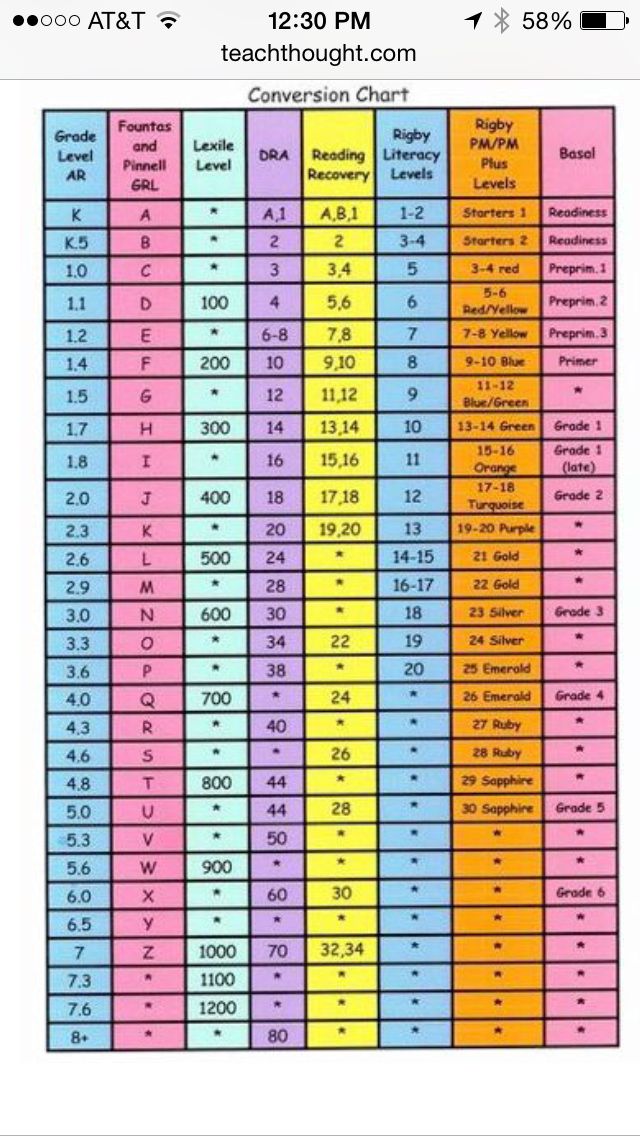
The tasks of the research included:
- development of a sociological research program;
- determining the direction of research, the range of questions that would indicate the state of the reading activity of schoolchildren;
- conducting a survey of students; nine0022
- identifying the level of erudition and reading preferences of schoolchildren;
- analysis of the information received and identification of positive and negative factors influencing the formation of a modern school reader;
- development of recommendations for overcoming negative impacts and using positive factors to improve reading culture.
Anonymous questionnaire was used as a data collection method. Together with the project leader, questionnaires were developed to identify the circle of reader interests. The questionnaire for elementary school included twelve questions, for middle school - seventeen, for high school - thirty-one questions. The survey was conducted in January 2015.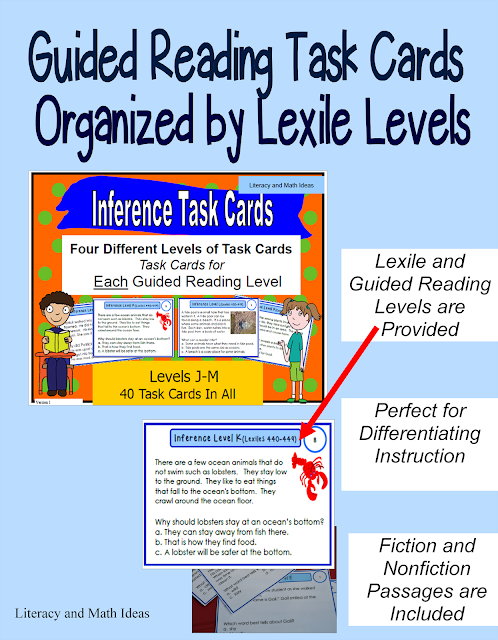 A total of 222 people were interviewed. nine0003
A total of 222 people were interviewed. nine0003
As expected, reading is far from being the first choice among students. In elementary school, it takes 3rd place, in the middle school - 7th. The picture looks somewhat better in high school, reading returns to 3rd place, but this is more of an educational reading, necessary for the program, as the guys themselves admit.
In the first place, the guys have communication with friends, games, among which the lion's share is occupied by computer games. They are replaced by watching TV and listening to music. nine0003
And they don't read often. If in elementary school half of the children surveyed say that they read every day, then in secondary school the same number admit that they rarely read - no more than 1-2 times a week. And there are even those who do not read at all. In high school, such desperate confessions were not heard, but reading is quite rare there. Most of the respondents - only 1 - 2 times a week.
Pleased with the range of reading interests of students.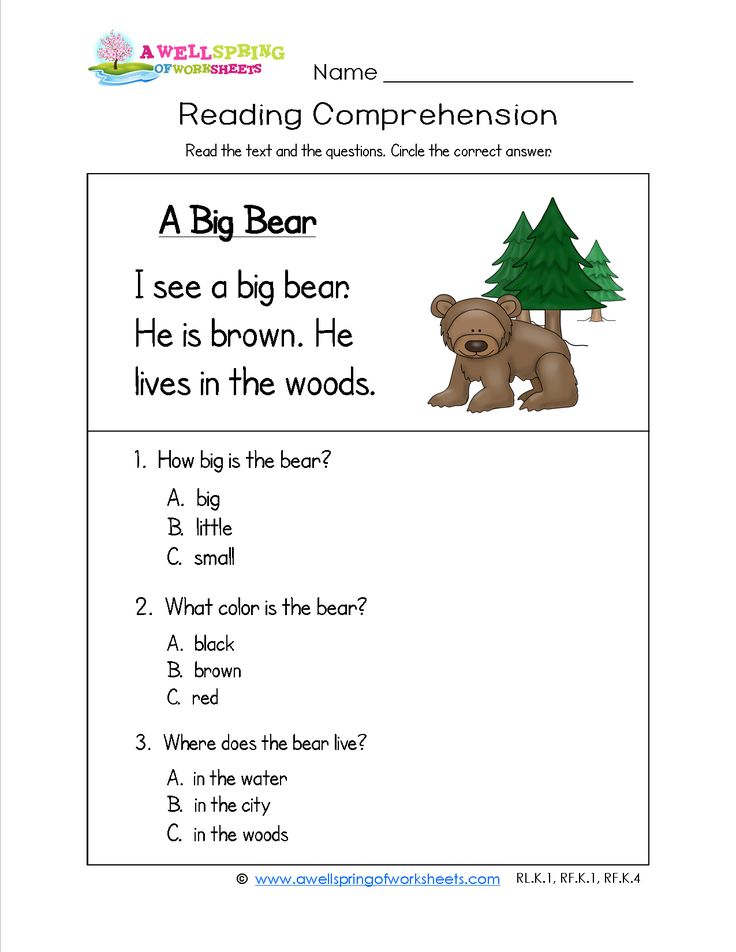 Among the named genres are humorous stories, fairy tales, comics, stories. In high school, kids love science fiction, fantasy, adventure fiction, and detective stories. But the older guys give preference to classical literature. In addition to programmatic works, adventure and romance novels, science fiction and fantasy were named. nine0003
Among the named genres are humorous stories, fairy tales, comics, stories. In high school, kids love science fiction, fantasy, adventure fiction, and detective stories. But the older guys give preference to classical literature. In addition to programmatic works, adventure and romance novels, science fiction and fantasy were named. nine0003
However, with such a wide range of readers' interests, it must be admitted that there was some slyness in the guys' answers, despite their anonymity. This was easy to verify. Noting that they read a lot and actively, the guys found it extremely difficult to name the last literary work that they read, to indicate the character they liked, to name their favorite literary hero.
I believe that the main reasons for such a negative result were disclosed in the answers to the following questions of the questionnaire - "Are you registered in the school library?" and “Do your parents read to you?” nine0003
74 out of 94 primary school students are not even registered in the school library.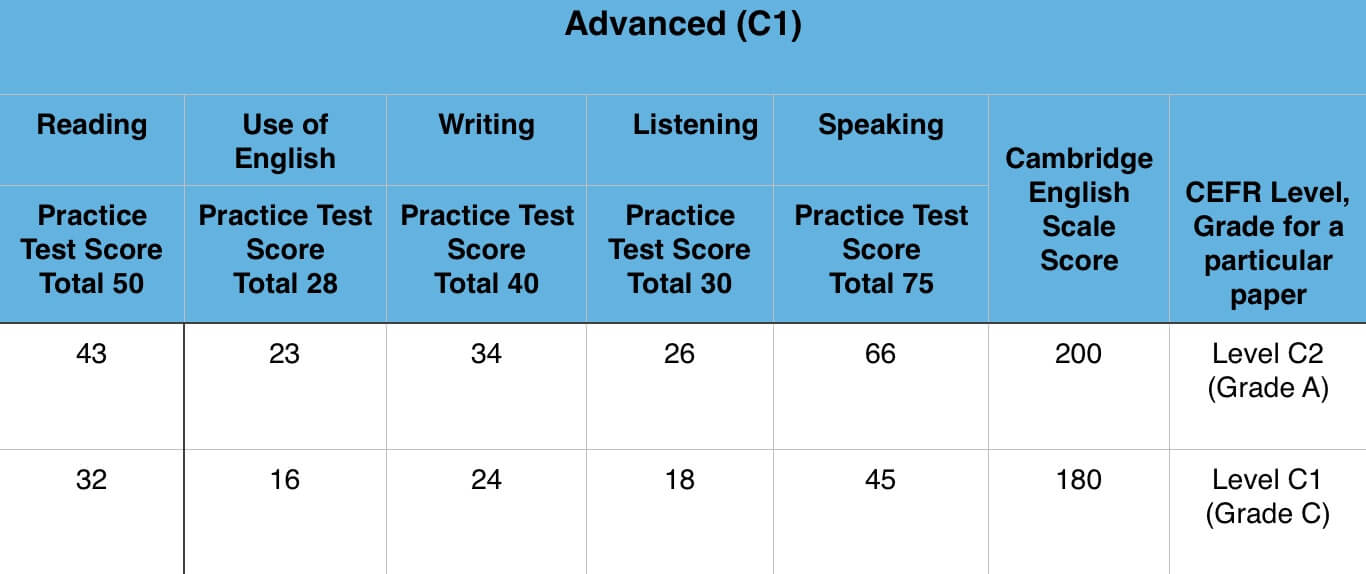 Few can remember which book they took there last. Thus, most elementary school students are not active readers. 58 high school students are not enrolled in any library in the city. 46 students still visit district and city libraries, but more often than not they cannot remember the name and authors of the books they borrow from them.
Few can remember which book they took there last. Thus, most elementary school students are not active readers. 58 high school students are not enrolled in any library in the city. 46 students still visit district and city libraries, but more often than not they cannot remember the name and authors of the books they borrow from them.
It should be noted that there are still positive aspects. In addition to program literature, students read additional literature on subjects. Most of all, reading additional literature is stimulated by: History (55), Literature (44) Russian language (36). nine0003
It is very disappointing that only 34 parents out of 94 elementary school students surveyed find time to read at home with their children - the family tradition of evening reading is practically disappearing from our real life.
In high school, the level of interest in reading increases. Perhaps this is due to a reassessment of values: preparation for entering universities makes one turn to literature.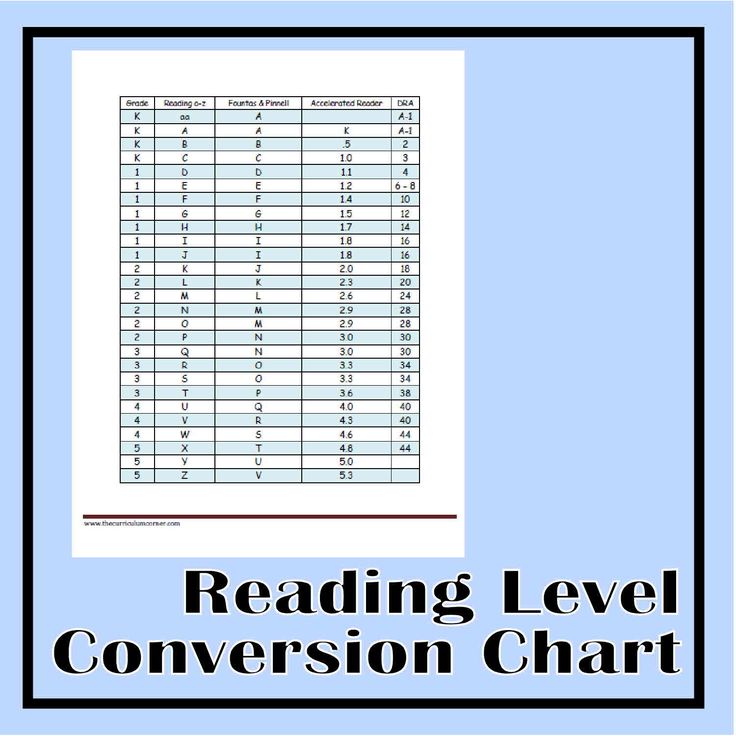 However, they mostly read classical literature, and rarely turn to the work of modern writers. The list of books read by myself is small, the same names are repeated. It should be noted that most high school students read classical literature in an abbreviated form. A small number of students order books from the online store. The students themselves note in the questionnaires the low level of reading fiction among their peers and call this problem urgent. nine0003
However, they mostly read classical literature, and rarely turn to the work of modern writers. The list of books read by myself is small, the same names are repeated. It should be noted that most high school students read classical literature in an abbreviated form. A small number of students order books from the online store. The students themselves note in the questionnaires the low level of reading fiction among their peers and call this problem urgent. nine0003
After conducting a survey, we found out that the problem of a low level of reading is really relevant. Recently, "entertainment" literature has played a significant role in shaping reader preferences: detective stories, comics, action films, love stories, and communication on the Internet.
We believe that reading is a way of acquiring culture, a means of broadening one's horizons and intellectual development, a mediator in communication, an important skill for study and life. It is necessary that it become a tool for the successful activity of the younger generation in various spheres of life.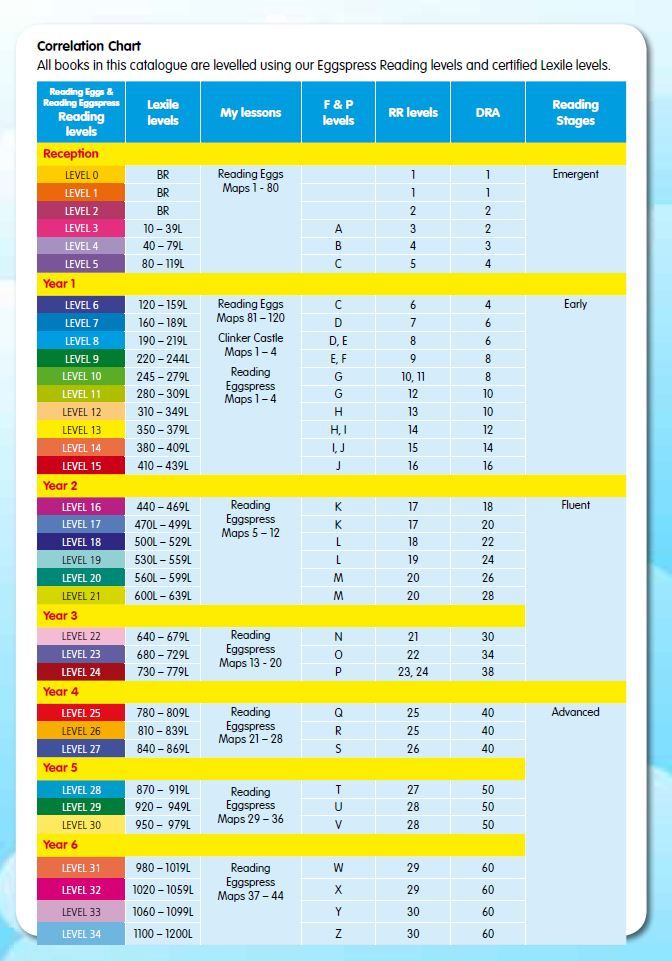 nine0003
nine0003
We offer the following recommendations for overcoming negative influences and using positive factors to improve reading culture:
- Holding a school-wide reading conference, the purpose of which should be to draw attention to interesting books. At this conference, anyone will be able to present a book they read on their own, write an annotation to the book.
- Based on the results of the conference - the publication of a school collection of annotations to self-read books. nine0022
- Acquaintance with the received collection of parents. Broad promotion of the tradition of family reading.
- Organization of a series of meetings with contemporary Taganrog writers and poets.
- Organization of literary quizzes for primary and secondary schools.
References:
- Borodina V.A., Borodin S.M. The fate of reading is the fate of education. // Personality and culture - No. 6. -2005
- Galaktionova T.
 G. Introducing schoolchildren to reading: the phenomenon of open education. Scientific method. materials: (abstract) / T.G. Galaktionova; aut.ref. SPb., 2008
G. Introducing schoolchildren to reading: the phenomenon of open education. Scientific method. materials: (abstract) / T.G. Galaktionova; aut.ref. SPb., 2008 - Ilyinsky I. M., Contradictions of literary processes in Russia / M., Knowledge. Understanding. Skill, No. 2, 2010
- National Program for the Support and Development of Reading.
- Stepanova L. Children's reading is an opportunity for dialogue with a child in a modern space. //Library business.-2003.-
Problems of reading modern children and adolescents
SERIES "EXTRA-COURSE ACTIVITIES" - Group of companies "Prosveshchenie"
The manual is intended for organizing extracurricular activities in the general intellectual direction of development of children of primary school age of the third and fourth years of study. The content of the manual is additional material on the geometric section of the elementary course in mathematics. It includes groups of tasks aimed at developing children's spatial imagination and thinking, mastering practical and graphic modeling methods.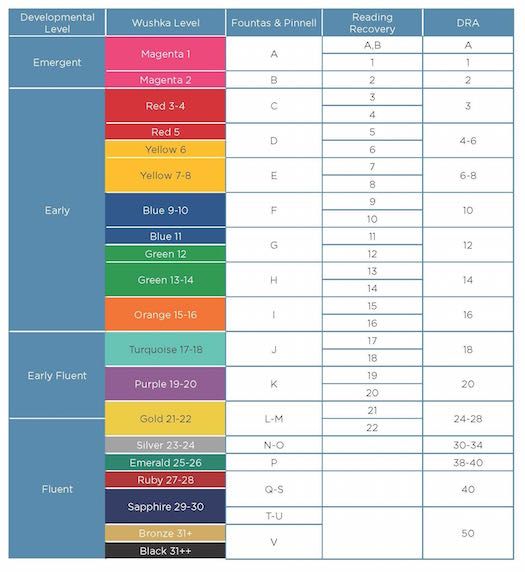 The content of the manual provides for the independence and activity of students, conducting classes in the form of search and scientific research individually and in group work. nine0003
The content of the manual provides for the independence and activity of students, conducting classes in the form of search and scientific research individually and in group work. nine0003
The allowance implements the requirements of the Federal State Educational Standard for primary general education and is designed for the third and fourth years of study for 34 hours a year.
The manual is intended for organizing extracurricular activities in the general intellectual direction of development of children of primary school age of the first and second years of study and is aimed at developing the skill of semantic reading in students. The manual includes texts with questions and tasks, exercises aimed at developing speech techniques, preparing for expressive reading and dramatizations. The content of the manual provides for the independence and activity of students, conducting classes in the form of search and scientific research individually and in group work. For the teacher, brief methodological recommendations are given at the end of the manual.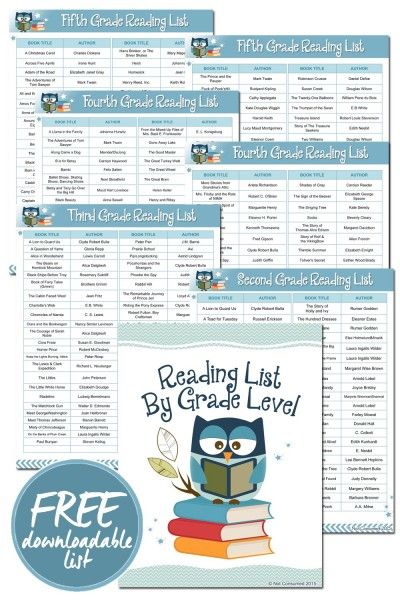 The allowance implements the requirements of the Federal State Educational Standard for primary general education and is designed for 20 hours per year in the first year of study and 34 hours in the second year of study. nine0003
The allowance implements the requirements of the Federal State Educational Standard for primary general education and is designed for 20 hours per year in the first year of study and 34 hours in the second year of study. nine0003
Recording of the webinar "Formation of reading literacy among students in primary school"
Link to the book trailer
This manual is intended for organizing extracurricular activities in the general direction of development of children of primary school age.
The manual contains tasks in mathematics of advanced and high levels of complexity. Tasks are presented in an entertaining way through different types of non-standard tasks (combinatorial, logical, tasks with values, tasks with geometric content, arithmetic puzzles). The content of the manual provides for the independence and activity of students, conducting classes in the form of search and scientific research individually and in group work. nine0003
The allowance implements the requirements of the Federal State Educational Standard for primary general education and is designed for 20 hours per year in the first year of study and 34 hours in the second year of study.
The proposed manual provides for the organization of classes in grades 5-7 and implements the requirements of the Federal State Educational Standard. The workshop has a significant potential for the socialization of schoolchildren, the development of their independence, the formation of civic responsibility and an active life position. Its purpose is to acquaint students with the basics of environmental culture and environmental safety, to form their understanding of the relationship between man and the natural environment. The manual is aimed at the development of practical skills of students, the formation of skills for practical assessment of the state of the natural environment; development of research skills in the field of environmental education; improving the life safety of schoolchildren in environmentally unfavorable situations. The book includes theoretical material, which is supported by laboratory and practical tasks. Myths and legends, interesting facts will expand the horizons of children.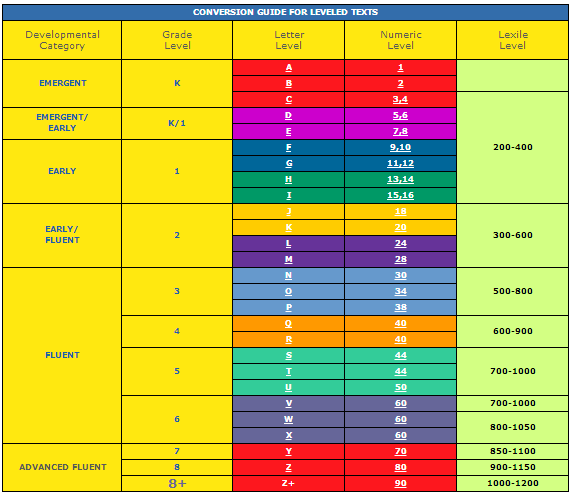 And tasks, questions, tests, crossword puzzles after paragraphs will help to consolidate the topics covered and develop cognitive interest in the wonderful world of nature. The manual is addressed to schoolchildren in grades 5-7, teachers and parents. nine0003
And tasks, questions, tests, crossword puzzles after paragraphs will help to consolidate the topics covered and develop cognitive interest in the wonderful world of nature. The manual is addressed to schoolchildren in grades 5-7, teachers and parents. nine0003
The workbook was developed for the training course "Design Workshop" and is intended for practical consolidation of the acquired knowledge. A modular approach to the presentation of material will allow students to master all stages of research and project work: from choosing a topic and substantiating its relevance to presenting the completed work at a conference, competition or exhibition. In the process of mastering this course, students will learn how to properly plan their activities, independently evaluate the efficiency and effectiveness of work, use their own skills to solve practical problems and achieve the desired result. nine0003
The textbook is addressed to students in grades 5-9.
The textbook was developed for the course "Design Workshop" and is intended for the study of theoretical material.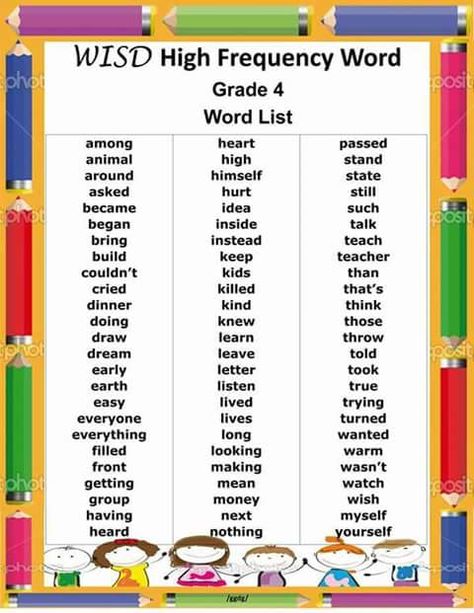 A modular approach to the presentation of the material will allow students to master all stages of research and project work: from choosing a topic and substantiating its relevance to presenting the completed work at a conference, competition or exhibition. In the process of mastering this course, students will learn how to properly plan their activities, independently evaluate the efficiency and effectiveness of work, use their own skills to solve practical problems and achieve the desired result. nine0003
A modular approach to the presentation of the material will allow students to master all stages of research and project work: from choosing a topic and substantiating its relevance to presenting the completed work at a conference, competition or exhibition. In the process of mastering this course, students will learn how to properly plan their activities, independently evaluate the efficiency and effectiveness of work, use their own skills to solve practical problems and achieve the desired result. nine0003
The manual is addressed to students in grades 5-9, their parents and teachers.
The proposed manual provides for the organization of extracurricular activities and implements the requirements of the Federal State Educational Standard. Developed for primary school students and is designed for one academic year.
The manual is intended for practicing the organization and implementation of a research project.
The main feature of the content of the notebook for research and project work is to familiarize students with the scientific methods of research.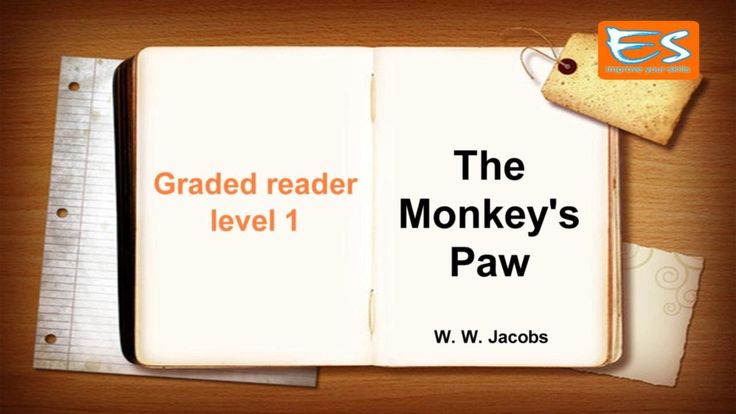 The systematic completion of tasks helps to build an individual trajectory for the implementation of an independent educational project in physics. nine0003
The systematic completion of tasks helps to build an individual trajectory for the implementation of an independent educational project in physics. nine0003
The content of the manual provides support for students' independent educational activities in various forms: practical work, educational project, educational research, educational excursion, etc.
The book contains tasks of increased difficulty for students in grades 7-9. Each section begins with a listing of the main facts and concepts related to that section. Then, solutions to several of the most typical problems of increased complexity are analyzed. The following are tasks for independent solution. Students are offered to solve problems in the proposed sequence, since such an order is aimed at the gradual formation of the ability to solve problems. At the end of the manual are answers and instructions for all tasks. nine0003
The book can be useful for both teachers and students who want to improve their level in preparation for the Mathematical Olympiad, the level of which is lower than the level of the final stage of the All-Russian Olympiad.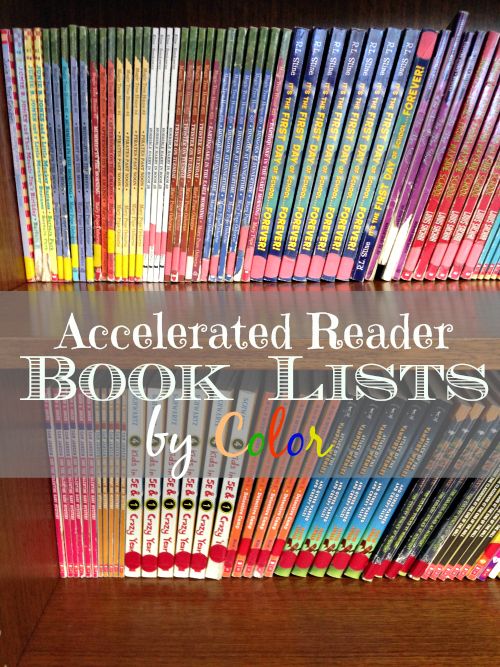
A textbook from the "Extracurricular Activities" series for working with students in grades 3-4 within the framework of the general intellectual direction of extracurricular activities includes an initial astronomy course of 35 academic hours, designed for the first acquaintance of younger students with astronomy as a scientific discipline. The manual contains theoretical materials, set out taking into account the age characteristics of younger students, as well as questions and tasks for exciting classes in astronomy circles, electives or other forms of extracurricular activities in institutions of additional education at the level of primary general education. nine0003
Corresponds to the GEF of primary general education.
The textbook is designed to work with students in grades 10-11 within the framework of the social direction of extracurricular activities. The course on the organization of volunteer work with a volume of 35 academic hours is aimed at mastering the forms of socially transformative activity by high school students, at forming an active life position in them.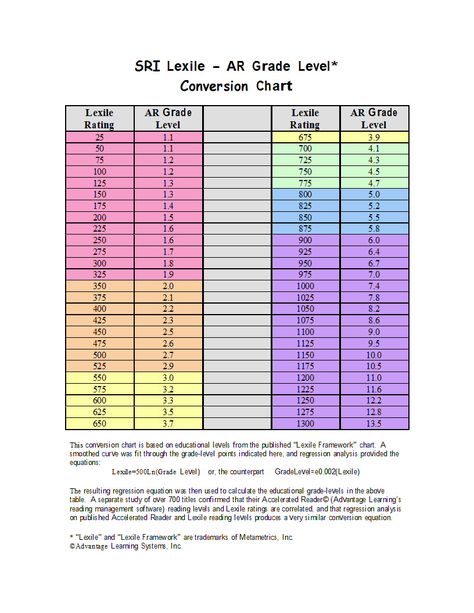 The manual includes materials that reveal the essence and types of volunteer activities in Russia. In the process of completing practical tasks, students will be able to determine their interests, choose areas for volunteer work, and evaluate the prospects for developing their own volunteer projects. nine0003
The manual includes materials that reveal the essence and types of volunteer activities in Russia. In the process of completing practical tasks, students will be able to determine their interests, choose areas for volunteer work, and evaluate the prospects for developing their own volunteer projects. nine0003
The manual is recommended for organizing the work of volunteer circles, clubs and other forms of socially useful practices at the level of secondary general education.
Corresponds to the GEF of secondary general education.
Textbook from the series "Extracurricular activities" is designed to work with students in grades 5-7 in the framework of the general intellectual direction of extracurricular activities. The manual contributes to the development of cognitive activity of schoolchildren based on the expansion of astronomical knowledge contained in the course of physics for the basic school, and the formation of the foundations of the scientific worldview in the process of performing practical tasks.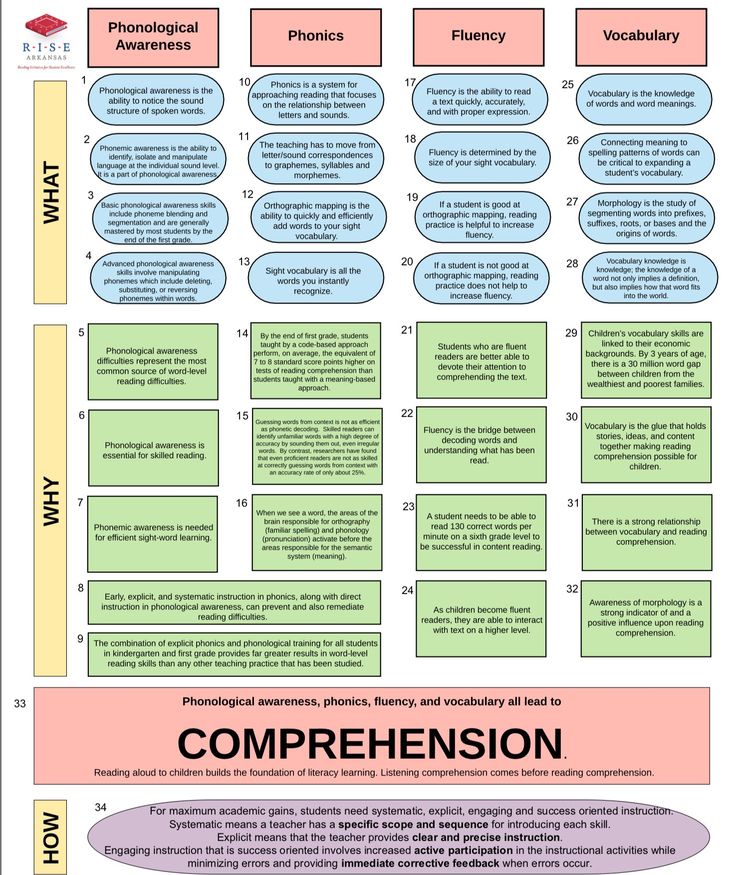 A number of practical tasks include working with computer planetarium programs, and also introduces students to the format of international testing of natural science literacy. nine0003
A number of practical tasks include working with computer planetarium programs, and also introduces students to the format of international testing of natural science literacy. nine0003
The basics of astronomy course is designed for 35 academic hours and is recommended for organizing work in astronomy clubs, electives or other forms of extracurricular activities in institutions of additional education at the level of basic general education.
Corresponds to the GEF basic general education.
The "Journalism for Beginners" manual, part of the "Extracurricular Activities" series, is designed to work with students in grades 8-9 within the framework of the general intellectual direction of extracurricular activities. The course in the amount of 35 hours is aimed at developing cognitive abilities, problem-value communication and communicative competence. Students will get acquainted with the profession of a journalist, methods of work in journalism, learn to navigate in the modern information space.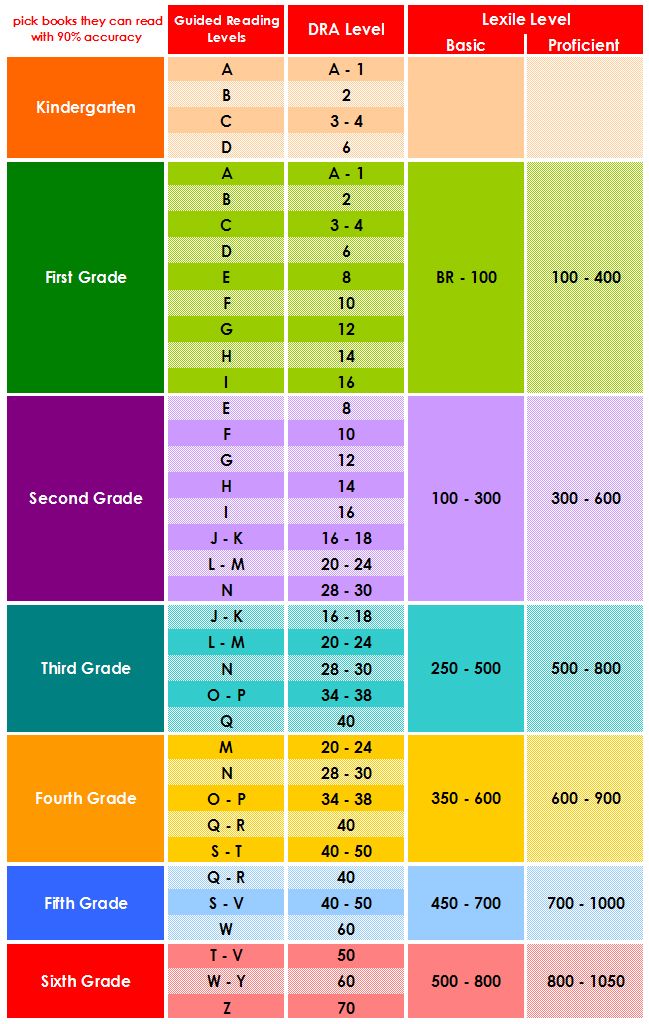 The manual is recommended for organizing circle work and extracurricular activities at the level of basic general education. nine0003
The manual is recommended for organizing circle work and extracurricular activities at the level of basic general education. nine0003
Corresponds to GEF basic general education.
In the manual “Financial Literacy. The Modern World" deals with the issues of financial literacy that are relevant to the modern teenager. The topics presented in it reflect modern ideas about the world of personal and family finance. Their development allows you to become a literate consumer of financial services in a rapidly changing world. Its feature is practical. Education is carried out through solving practical problems in the field of family and personal finances, developing business, social and research projects, participating in discussions on the most important problems of family and adolescent interaction in solving financial life issues. nine0003
Manual “Financial Literacy. The Digital World is a practical course on financial literacy. Its distinctive feature is immersion in the digital world of financial relationships between a person and society, a person and the state.